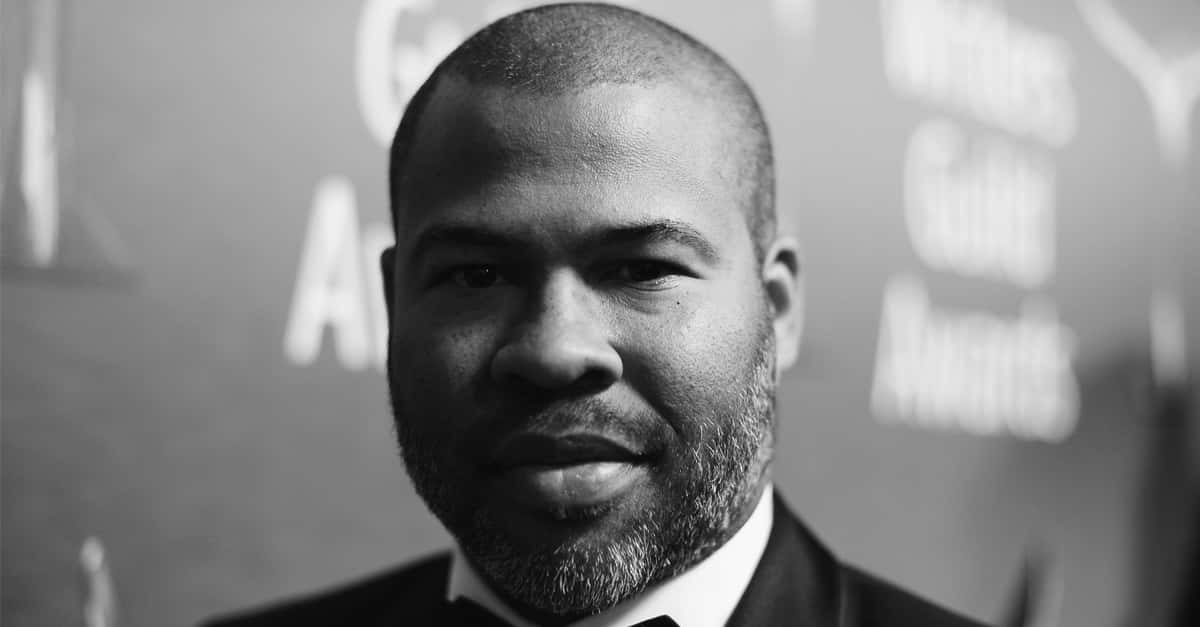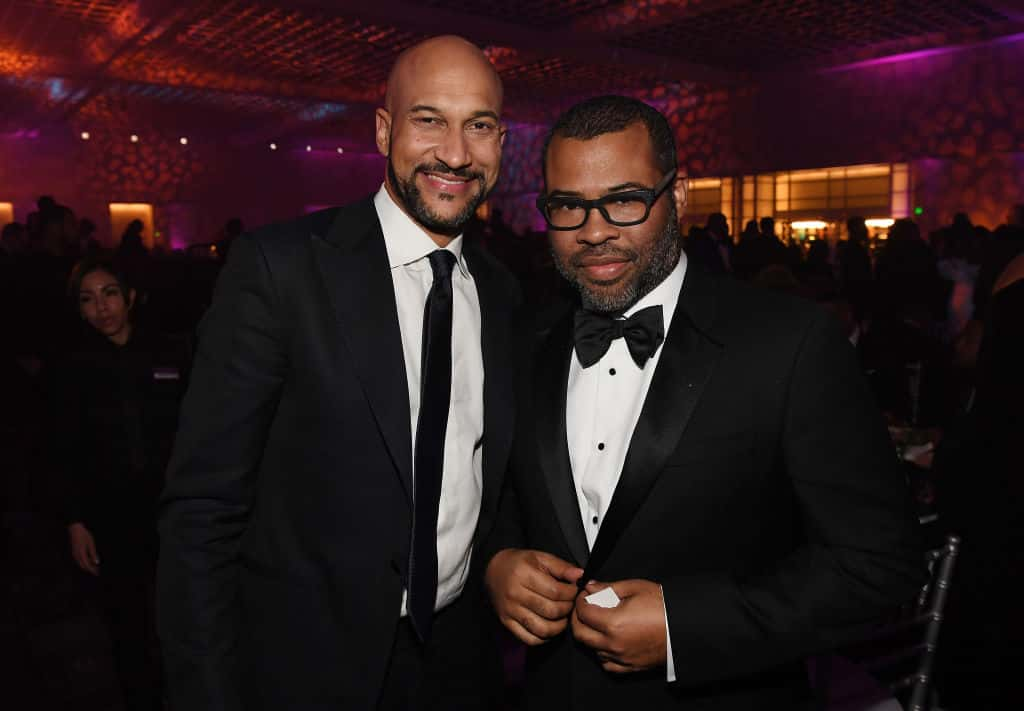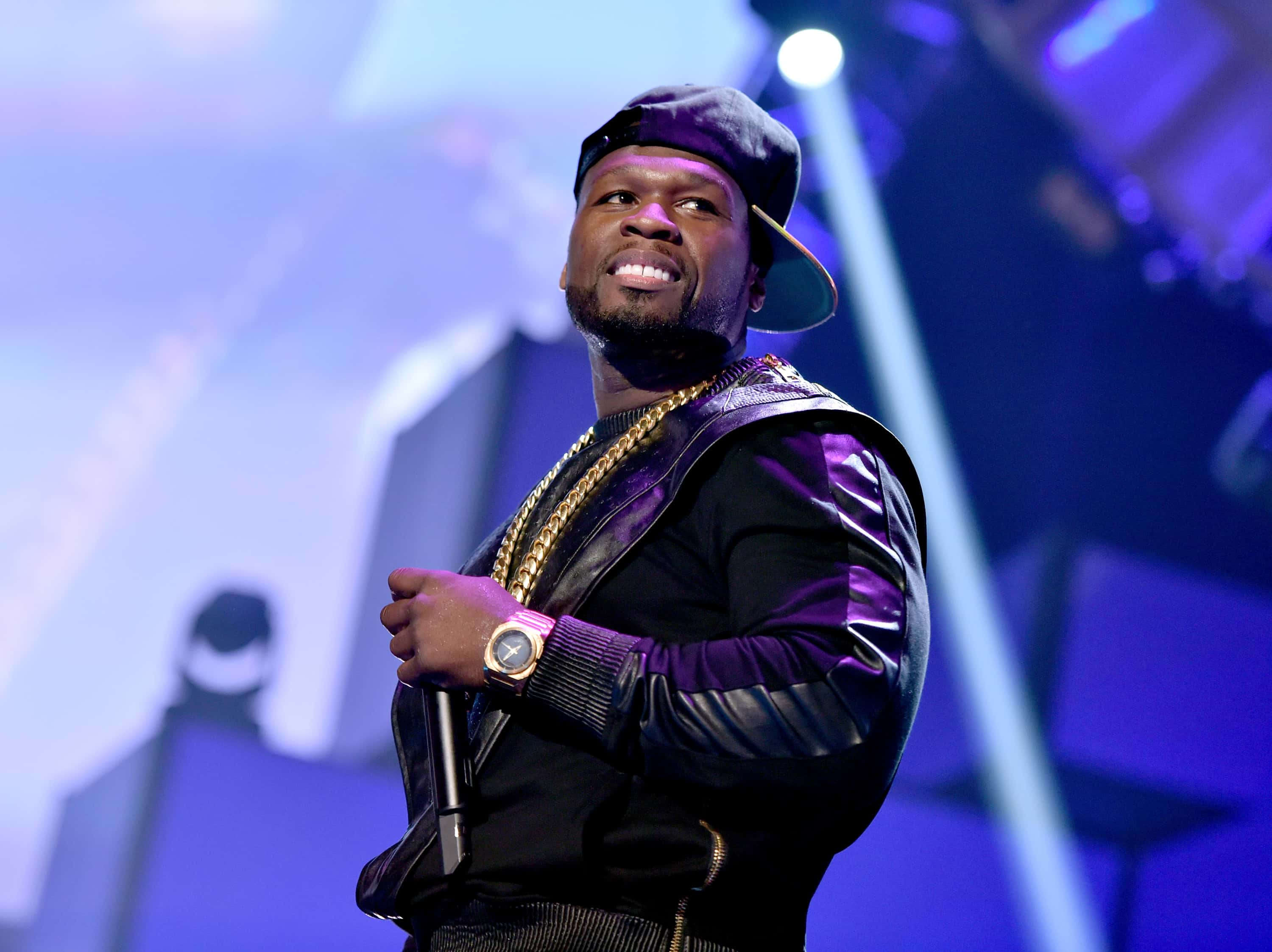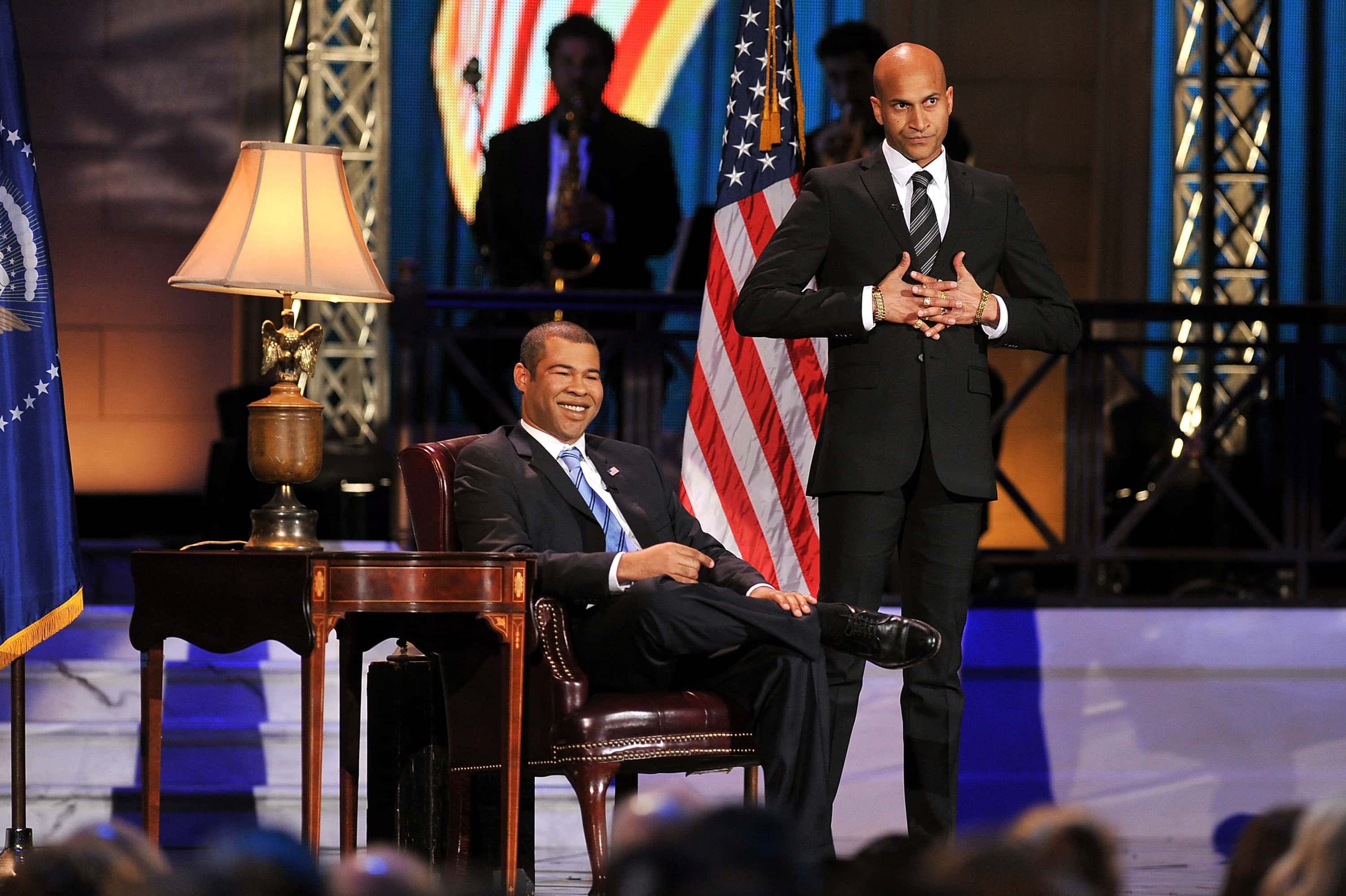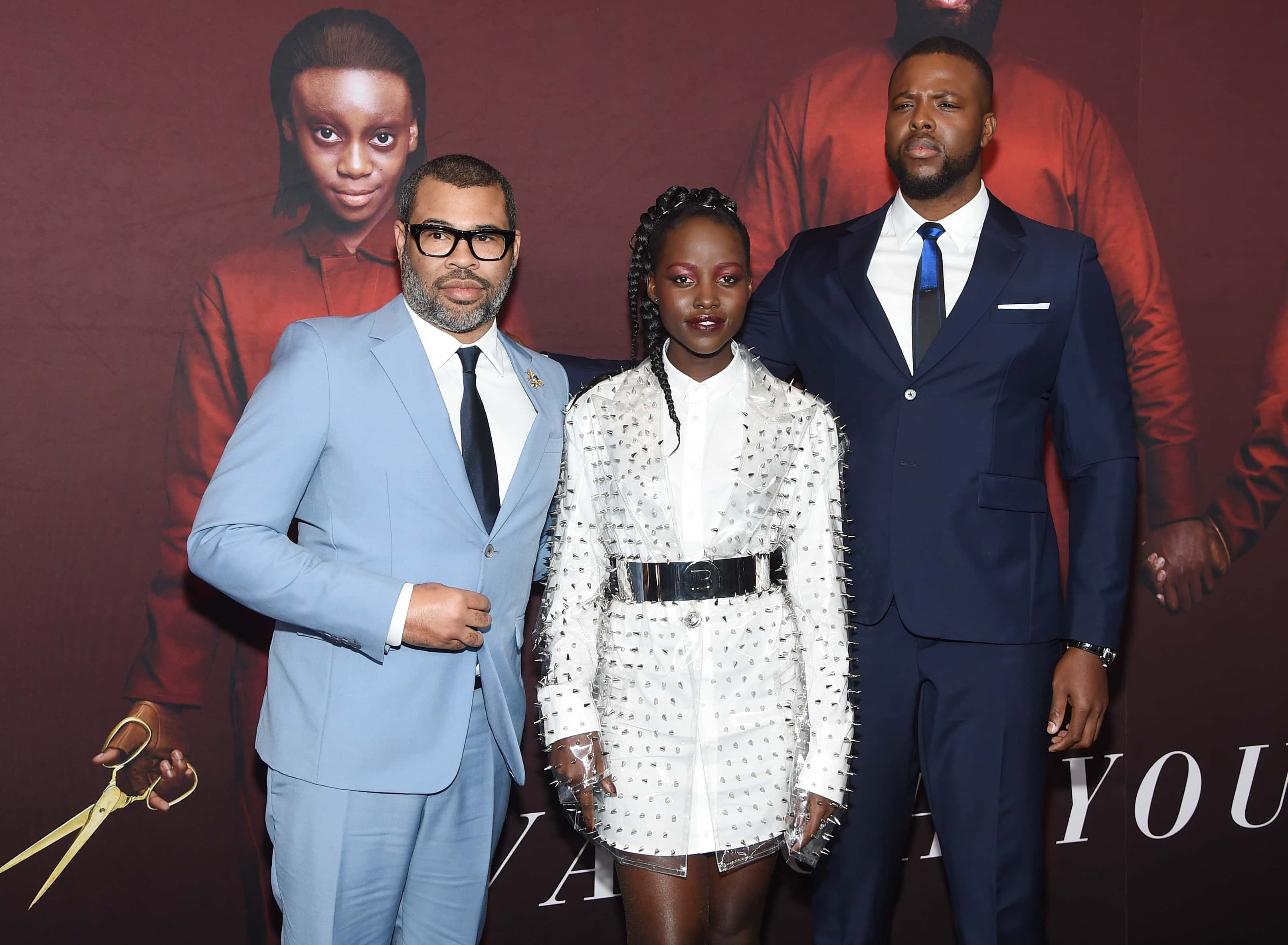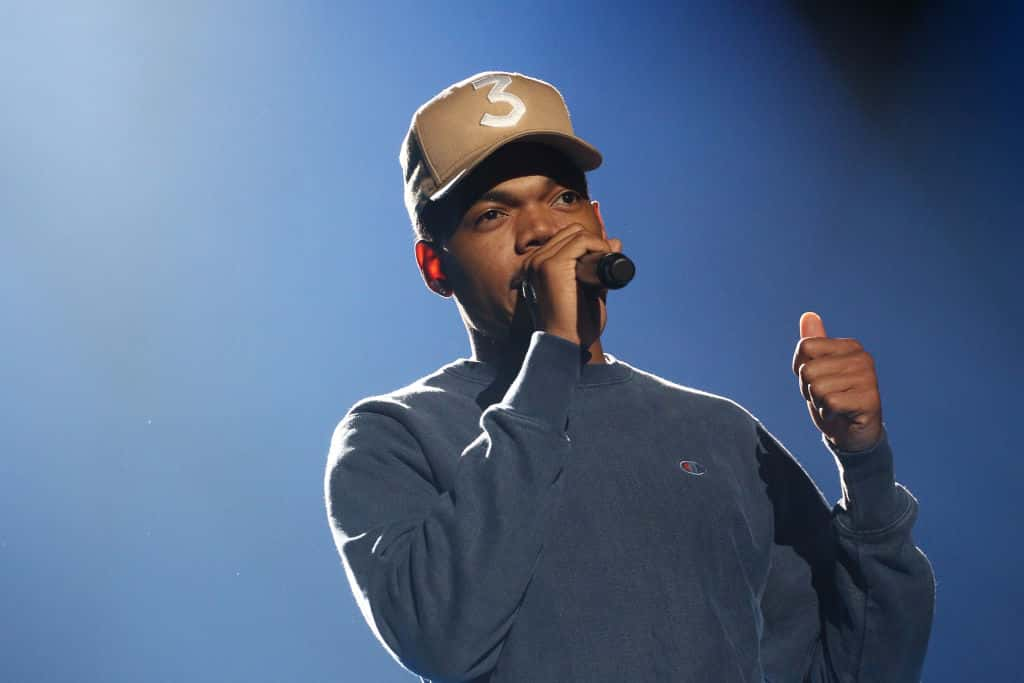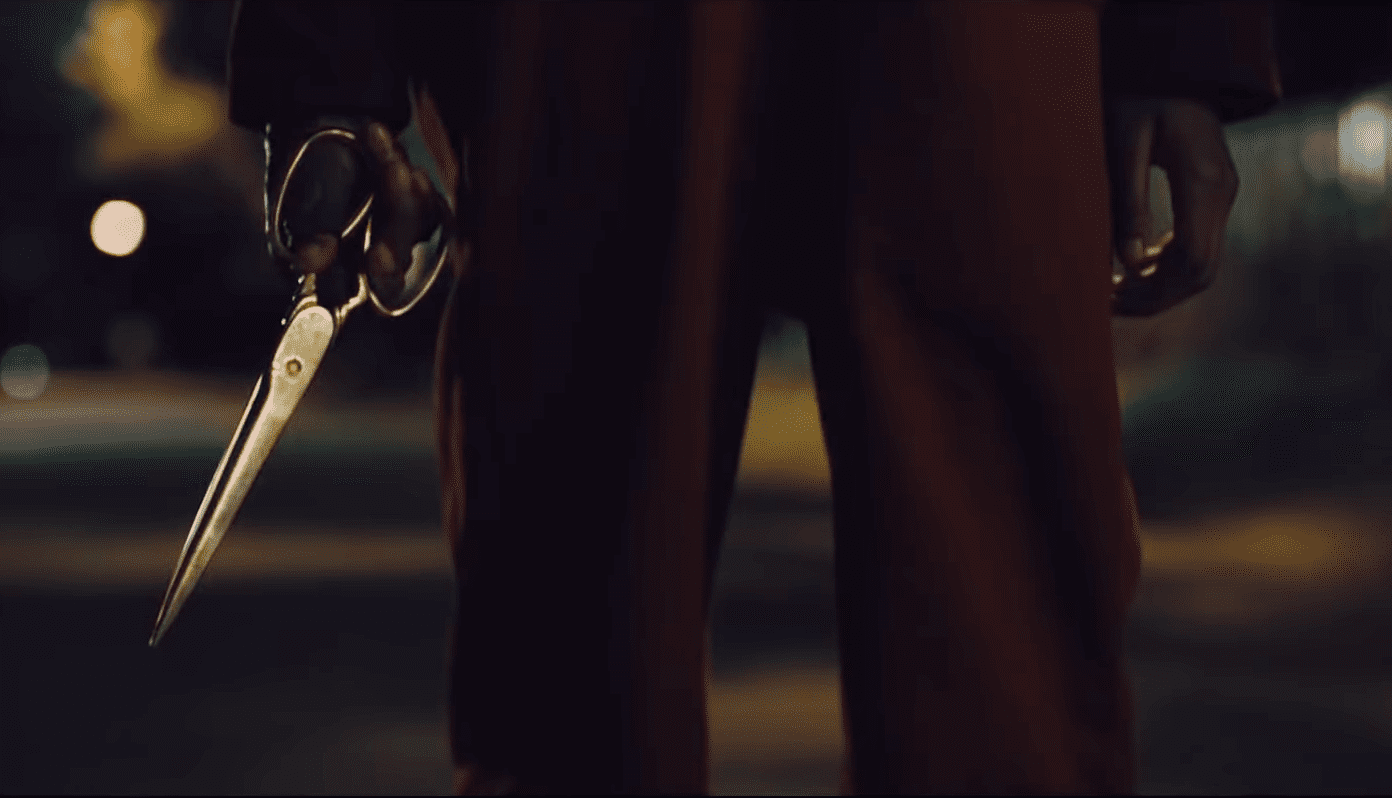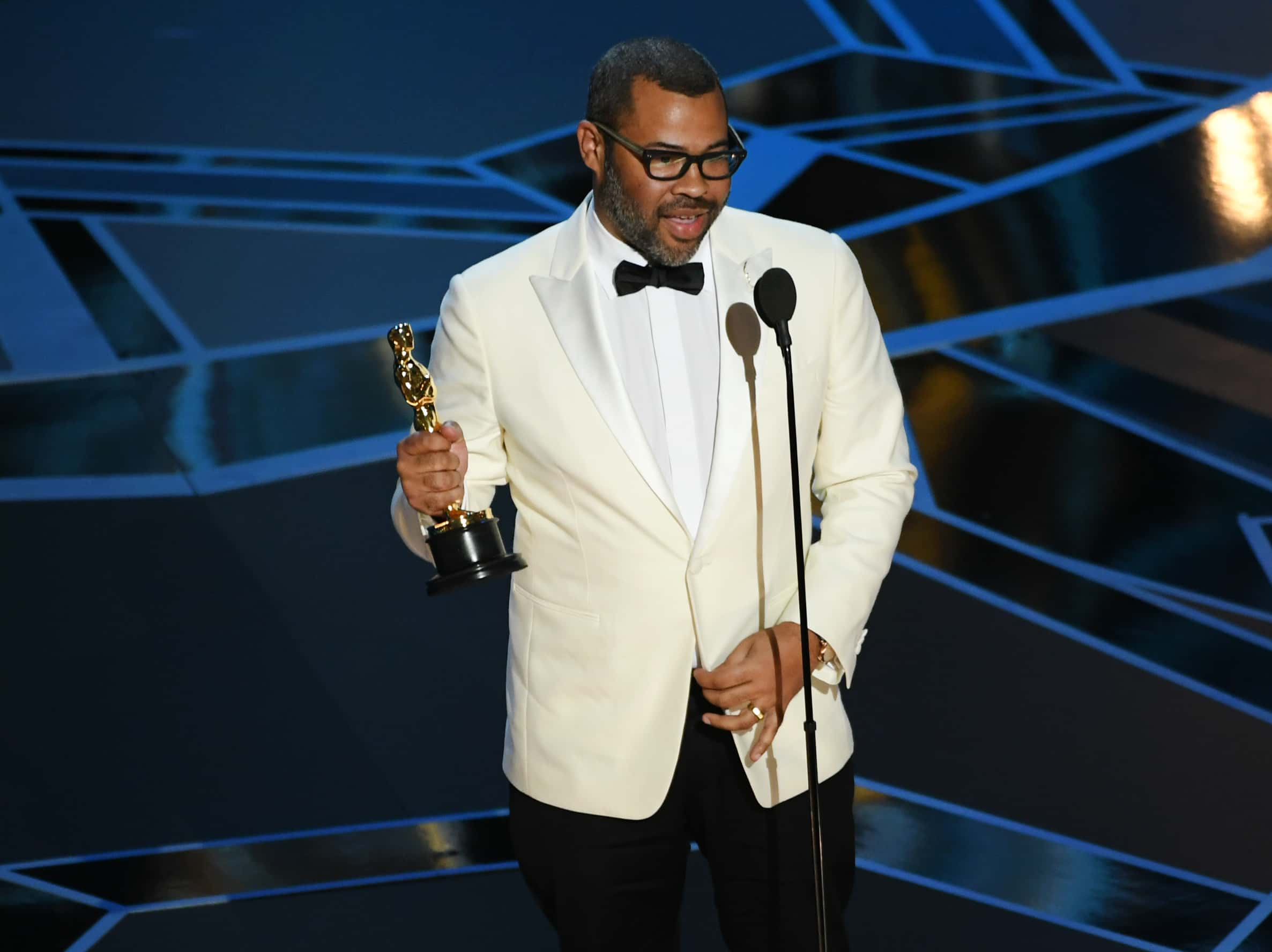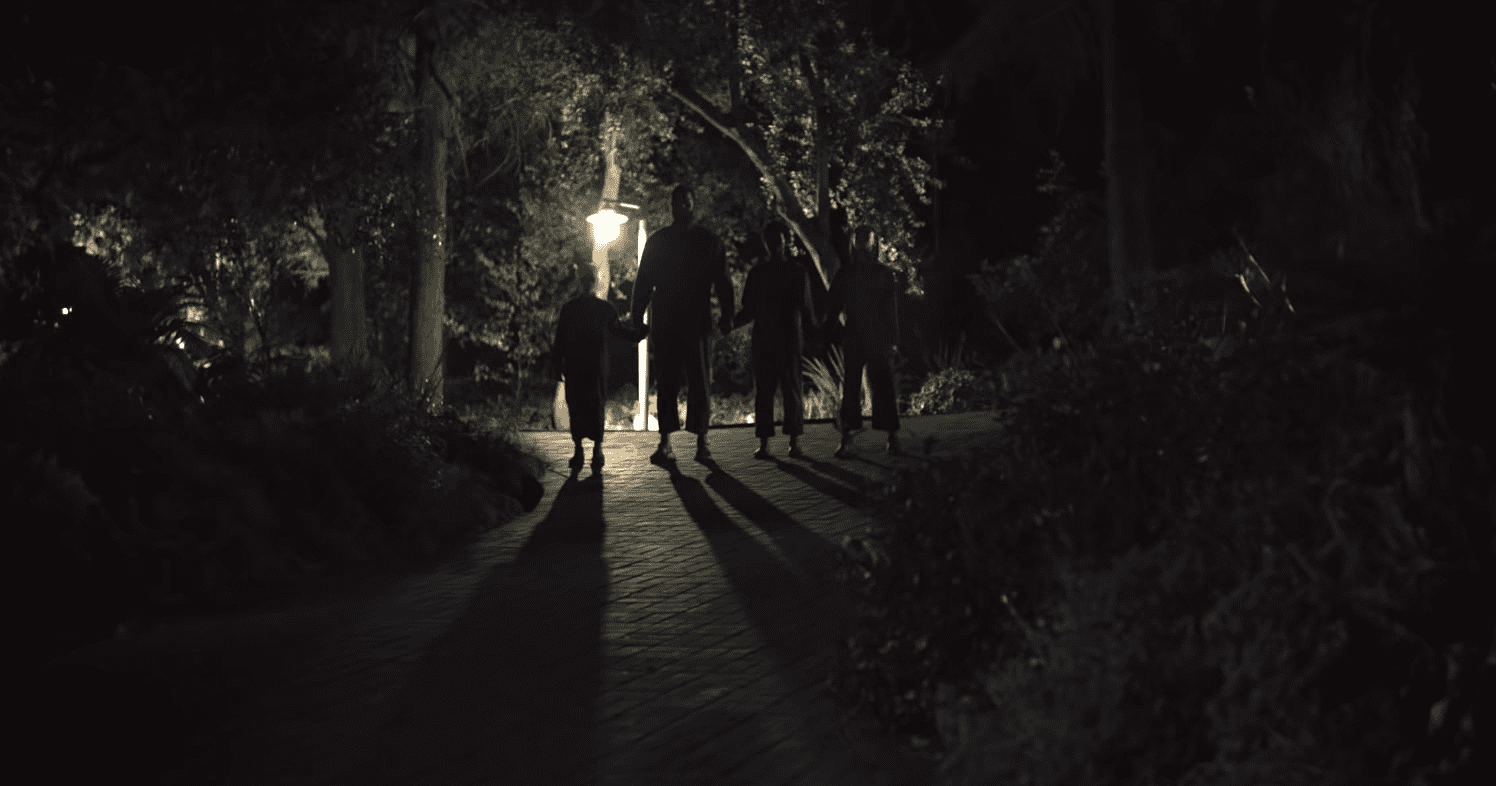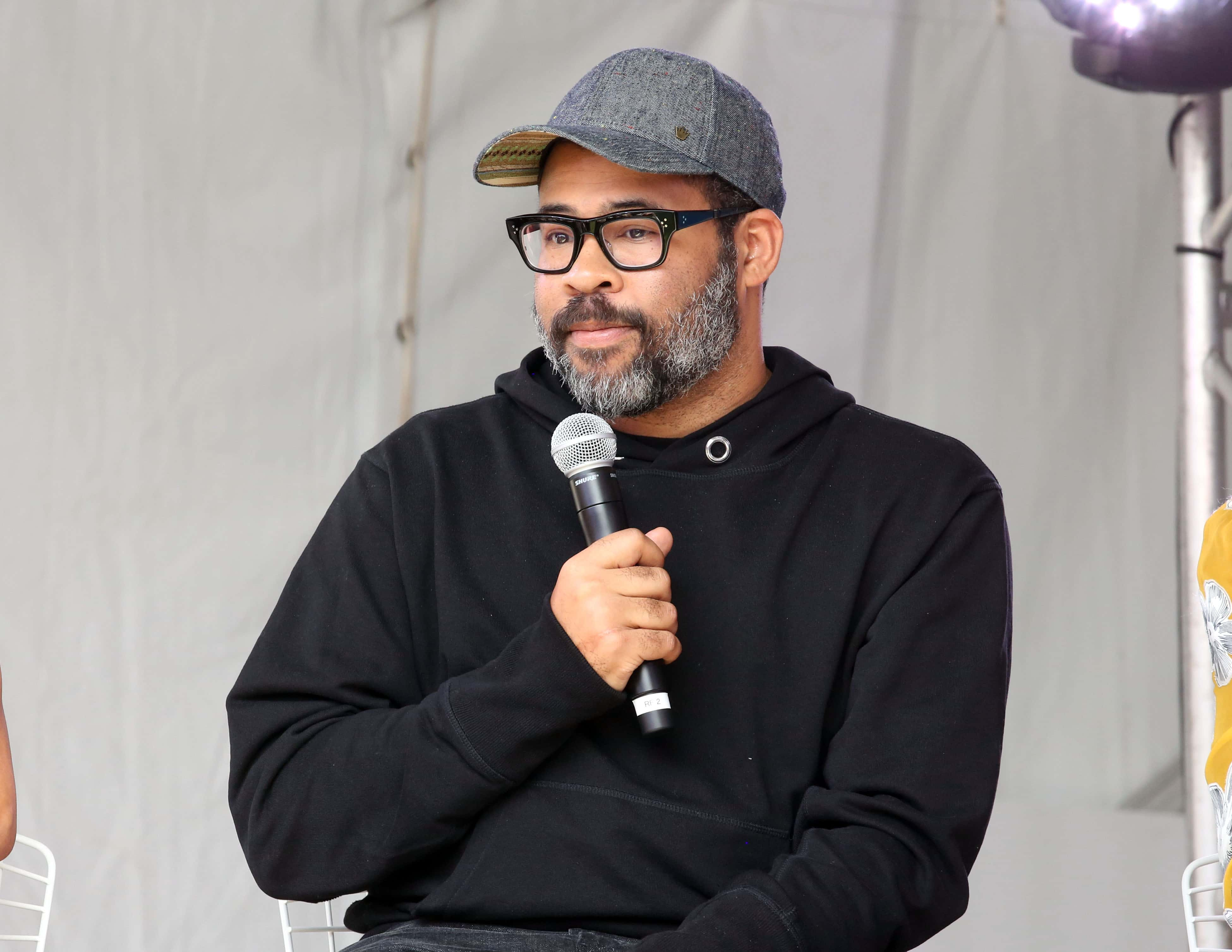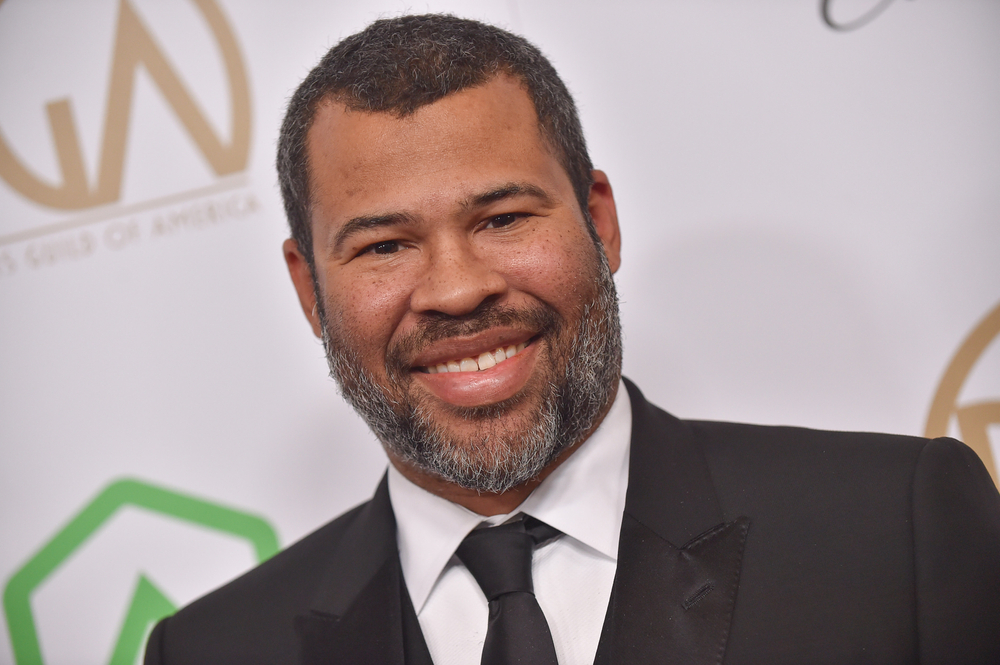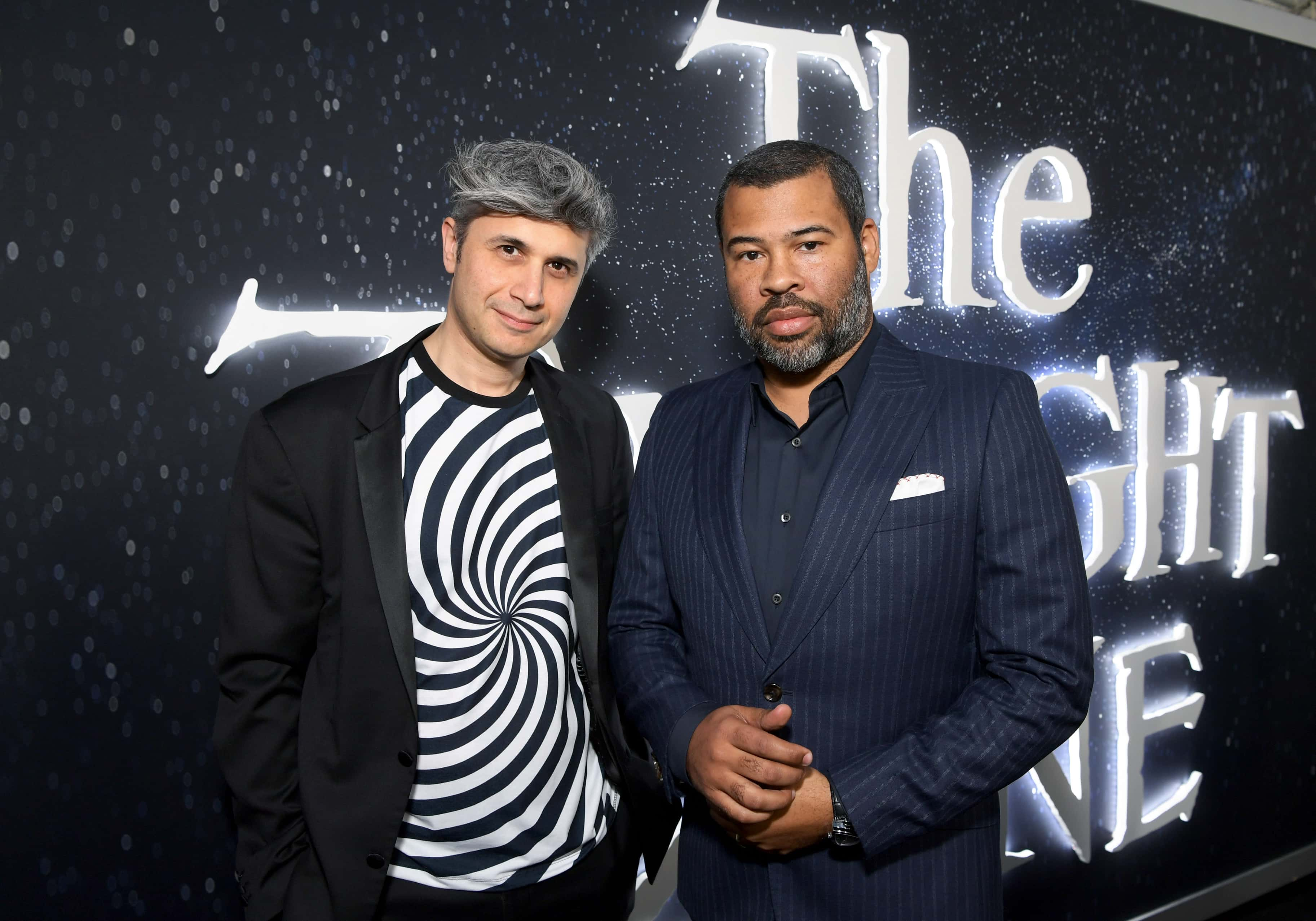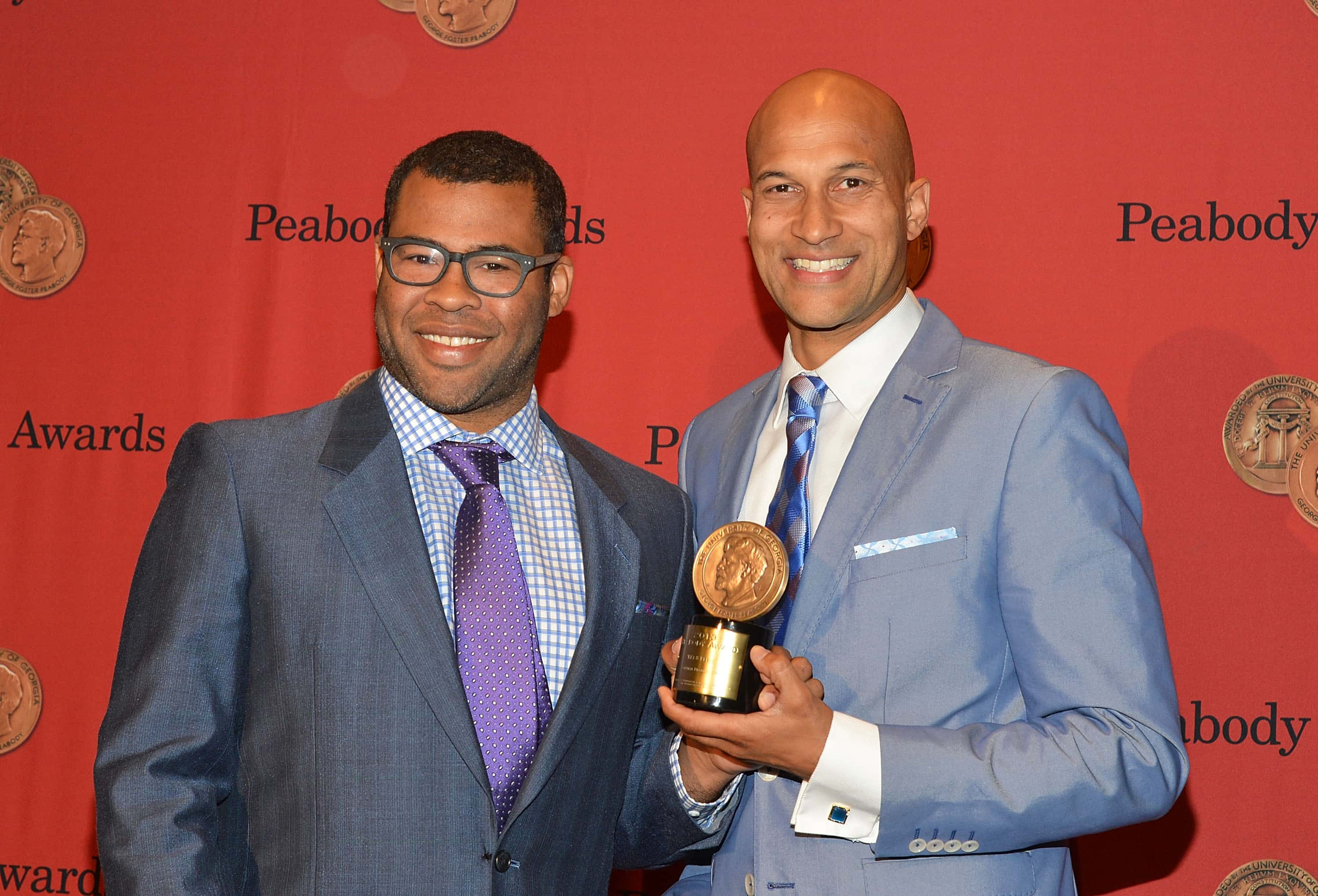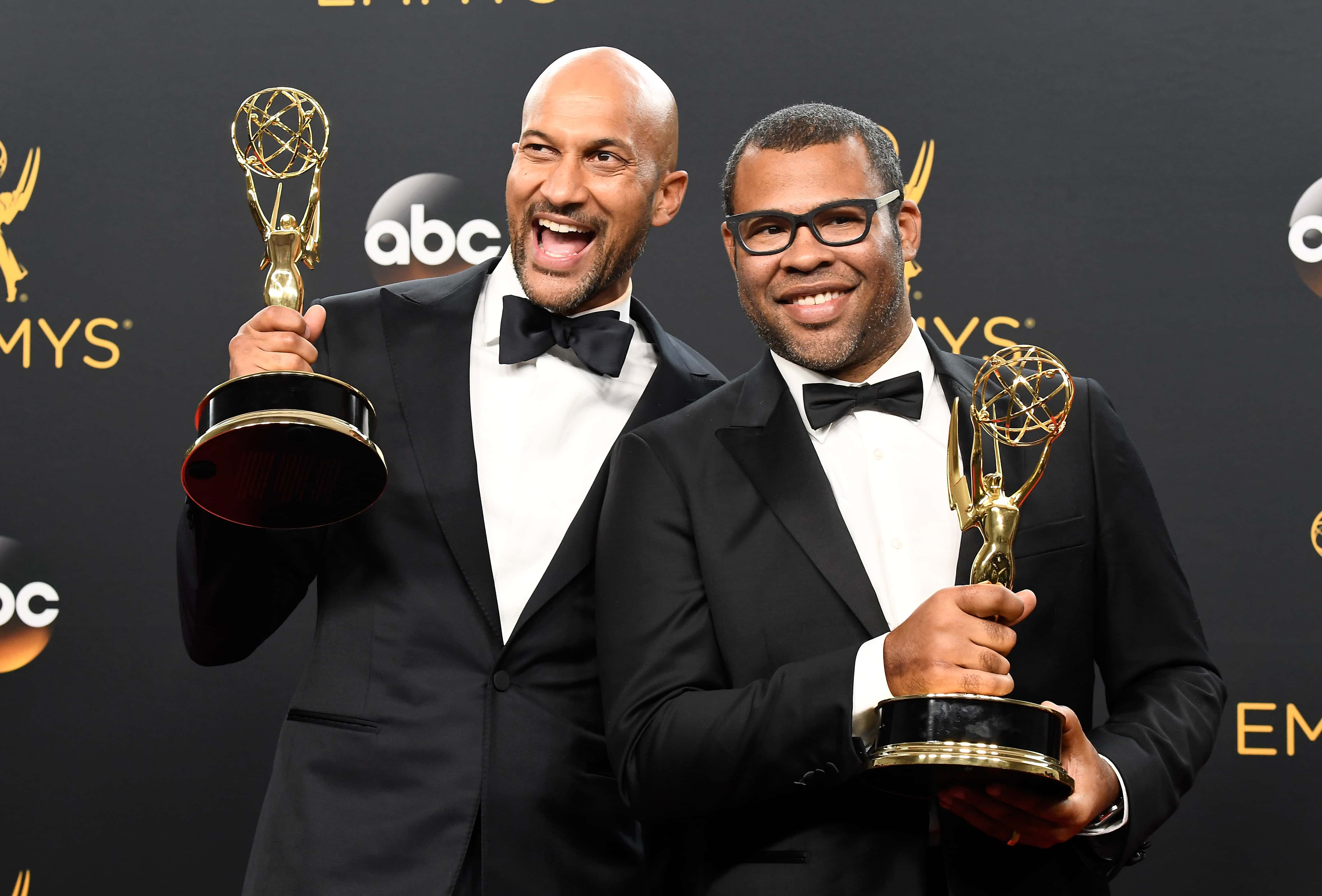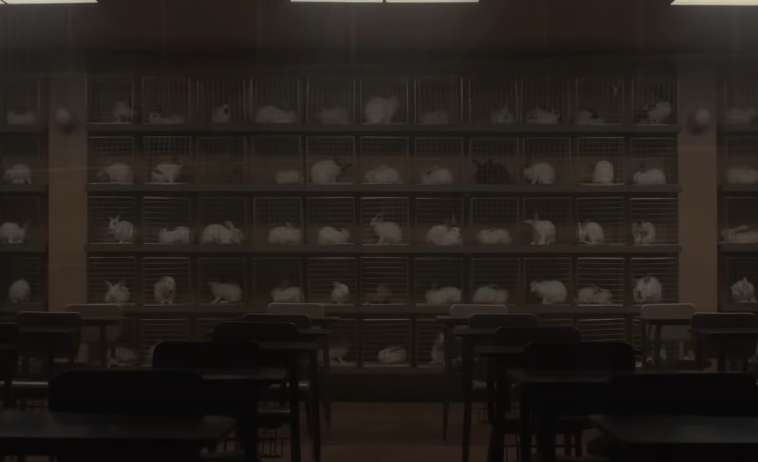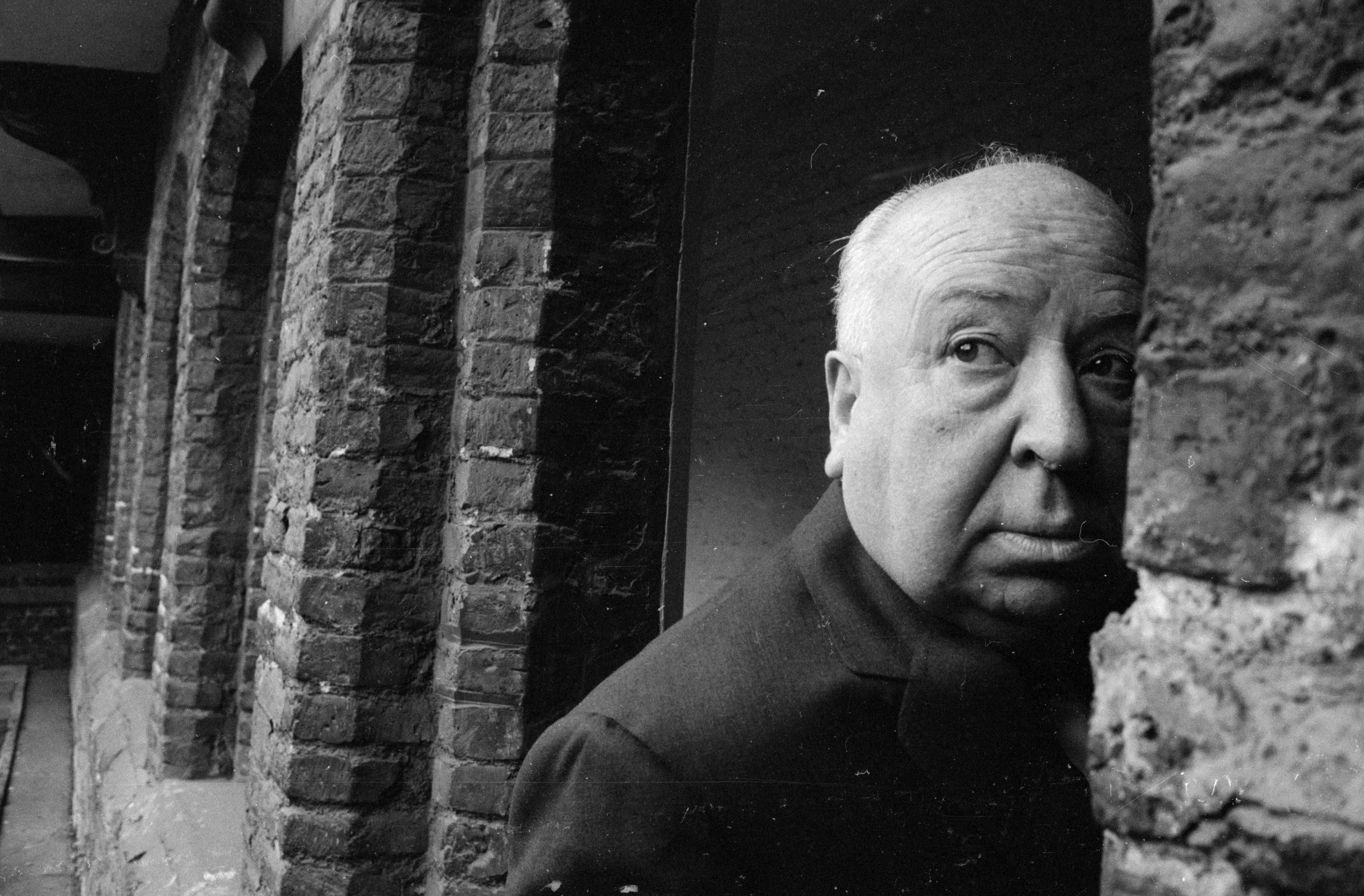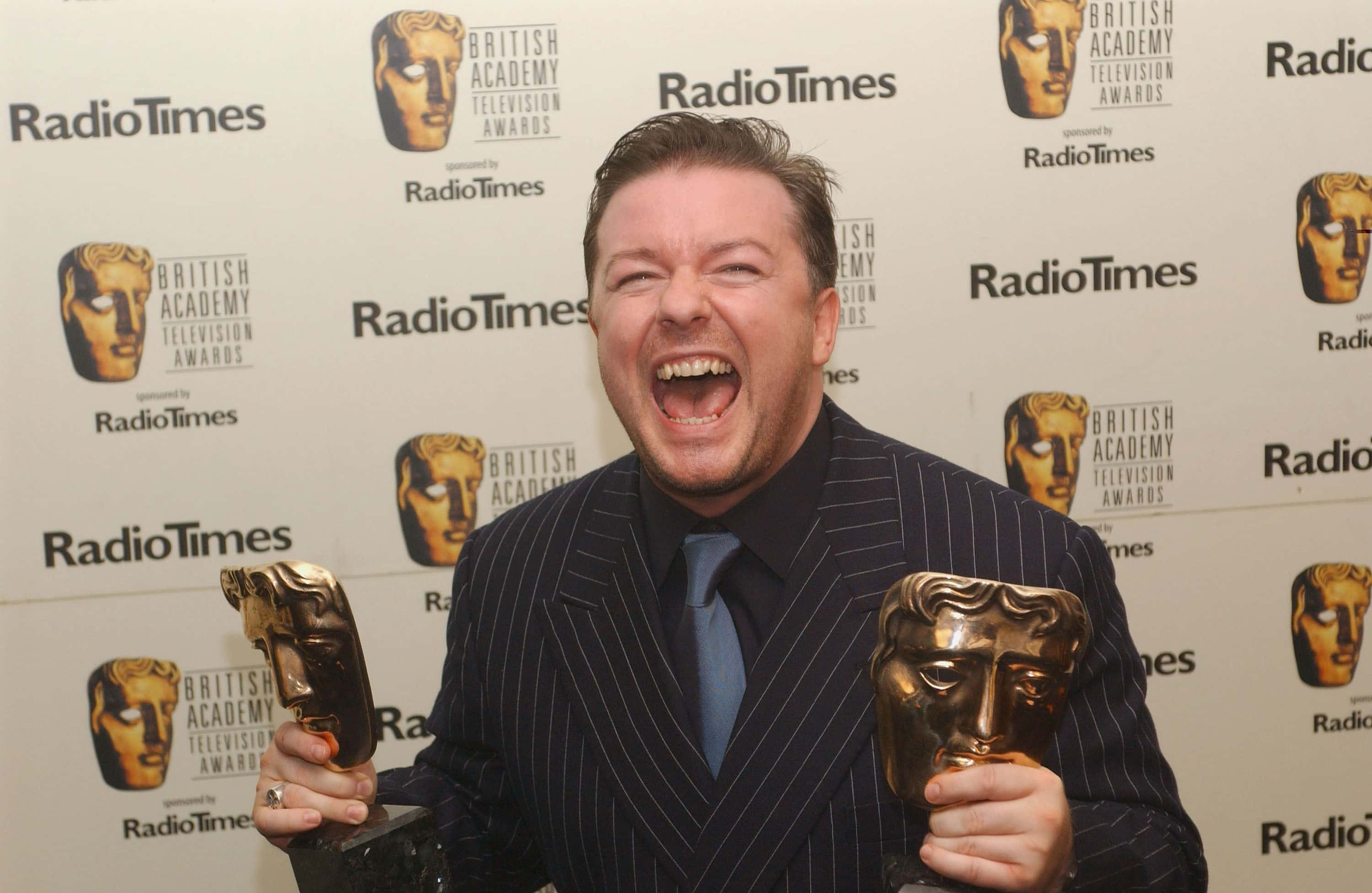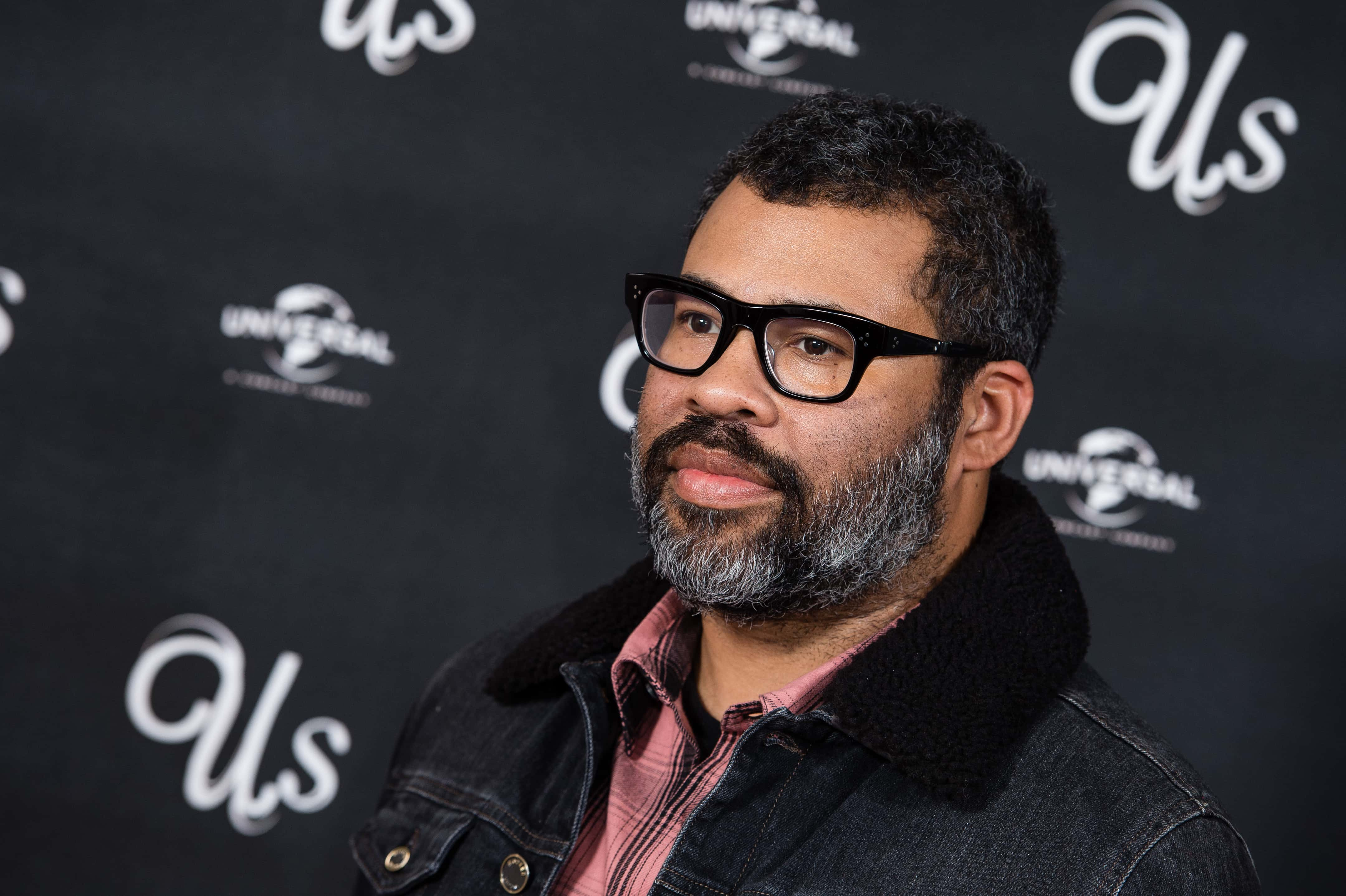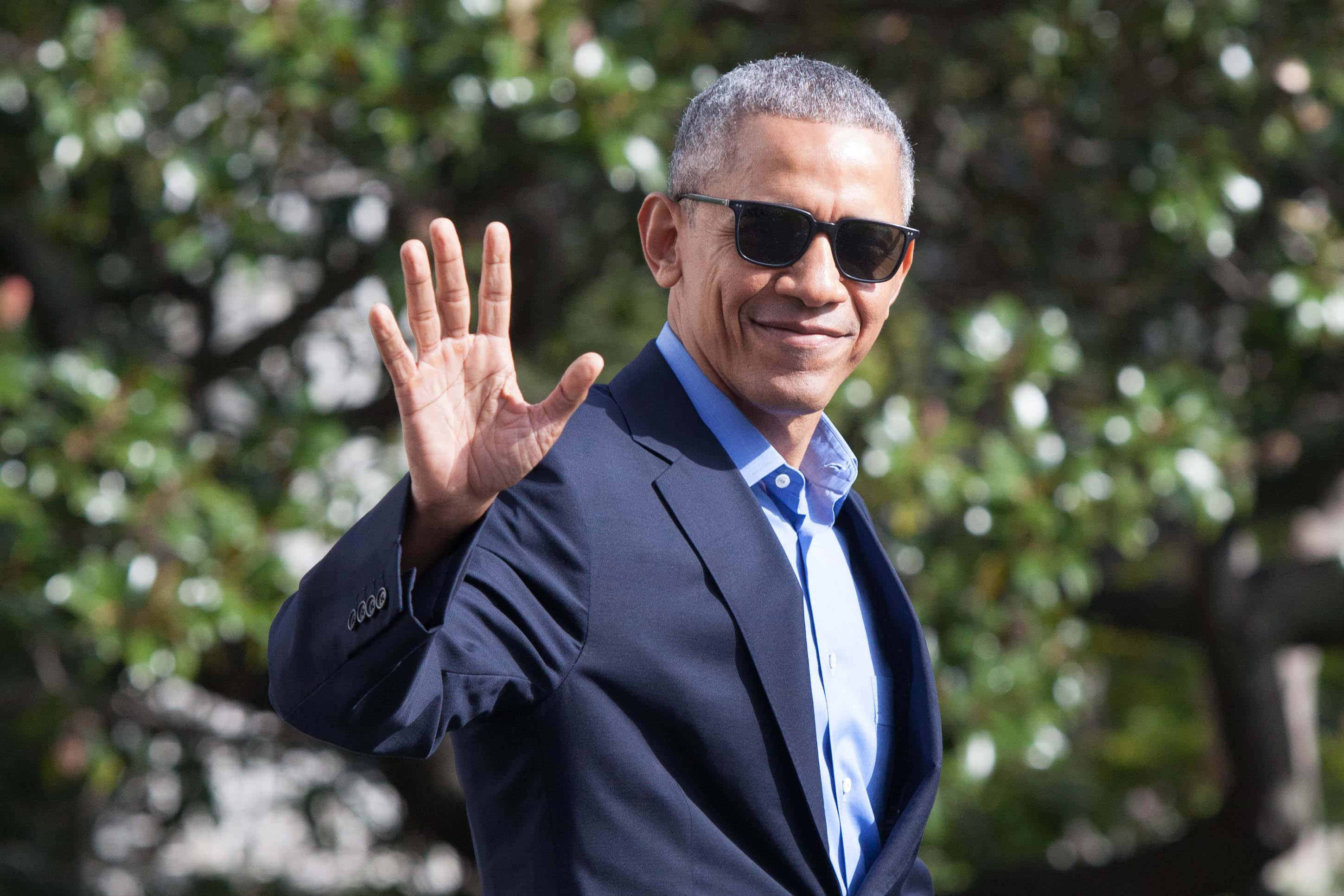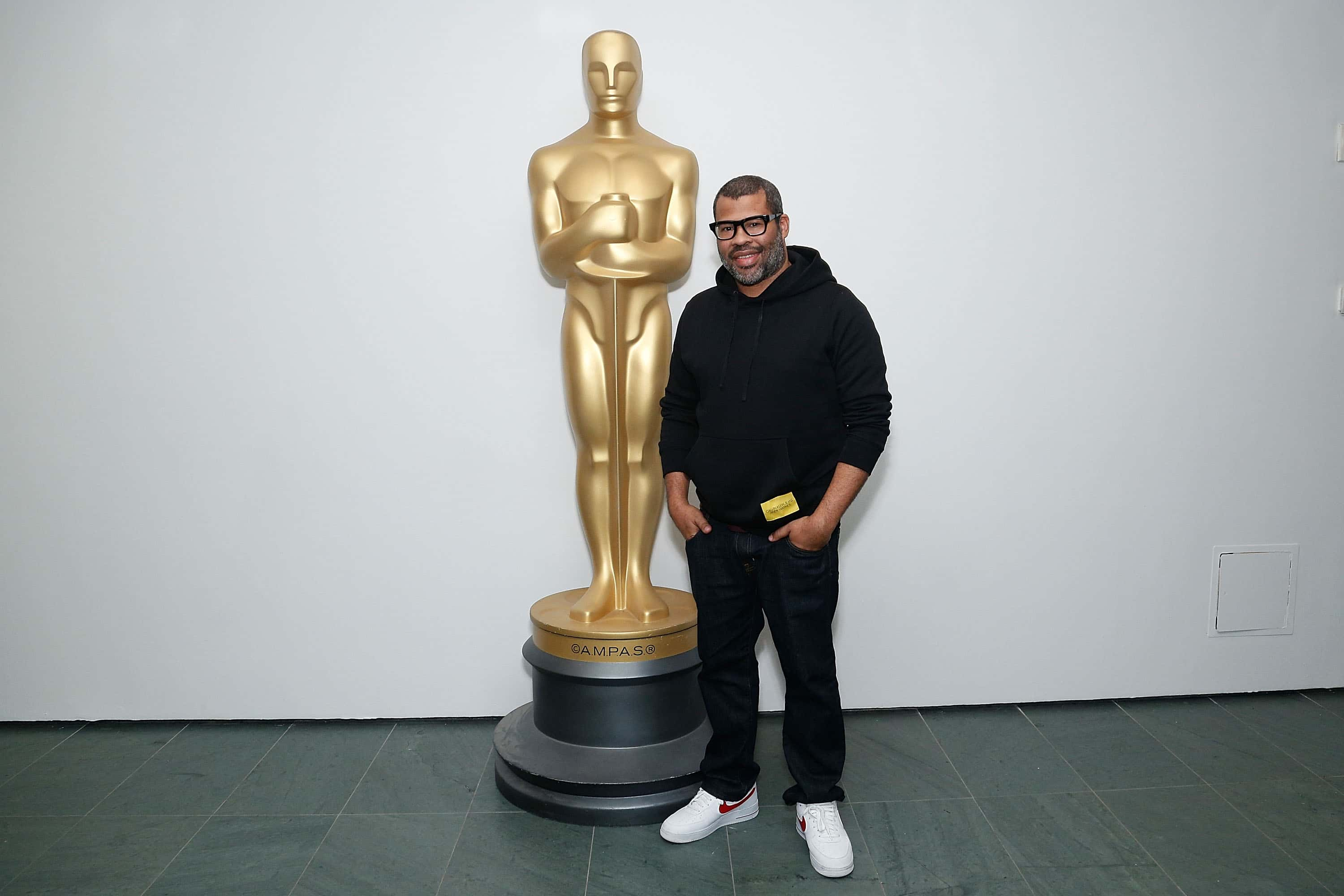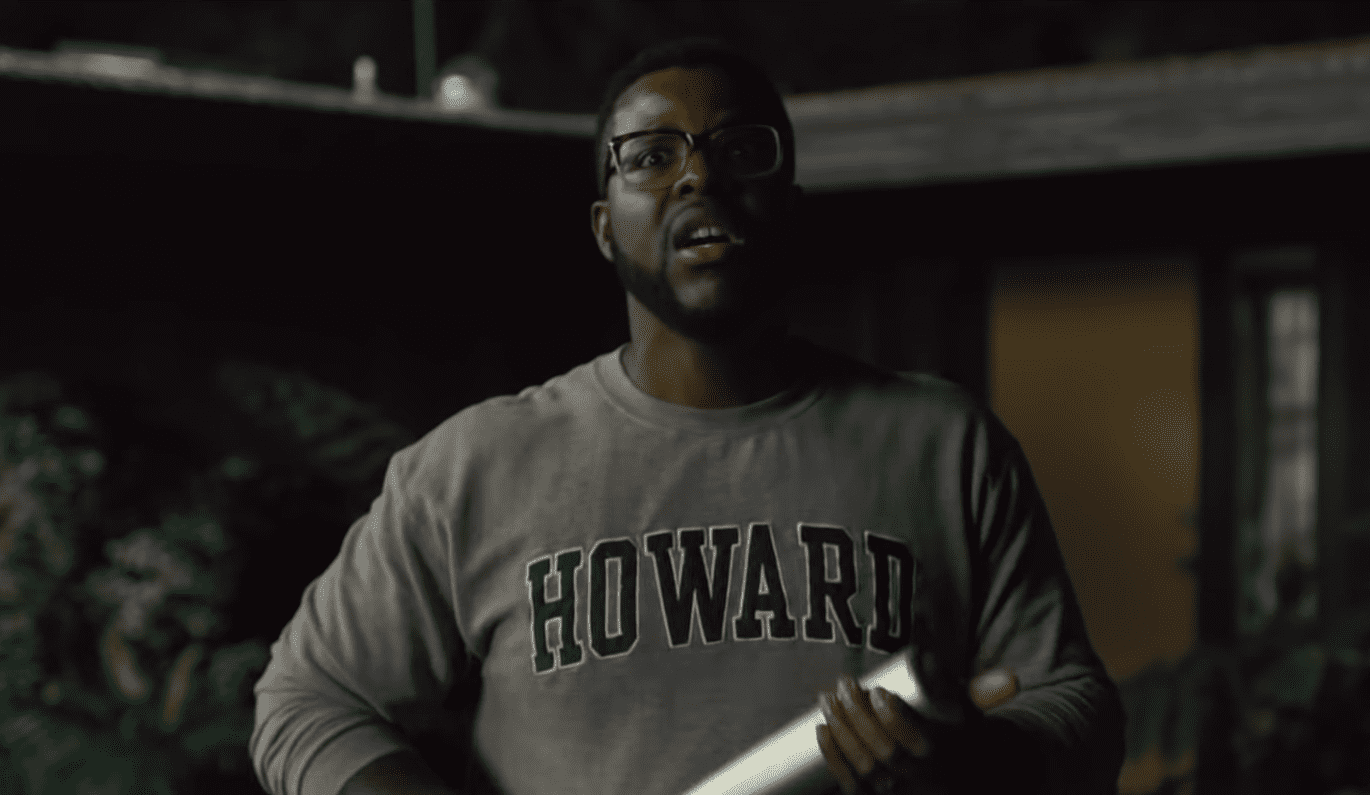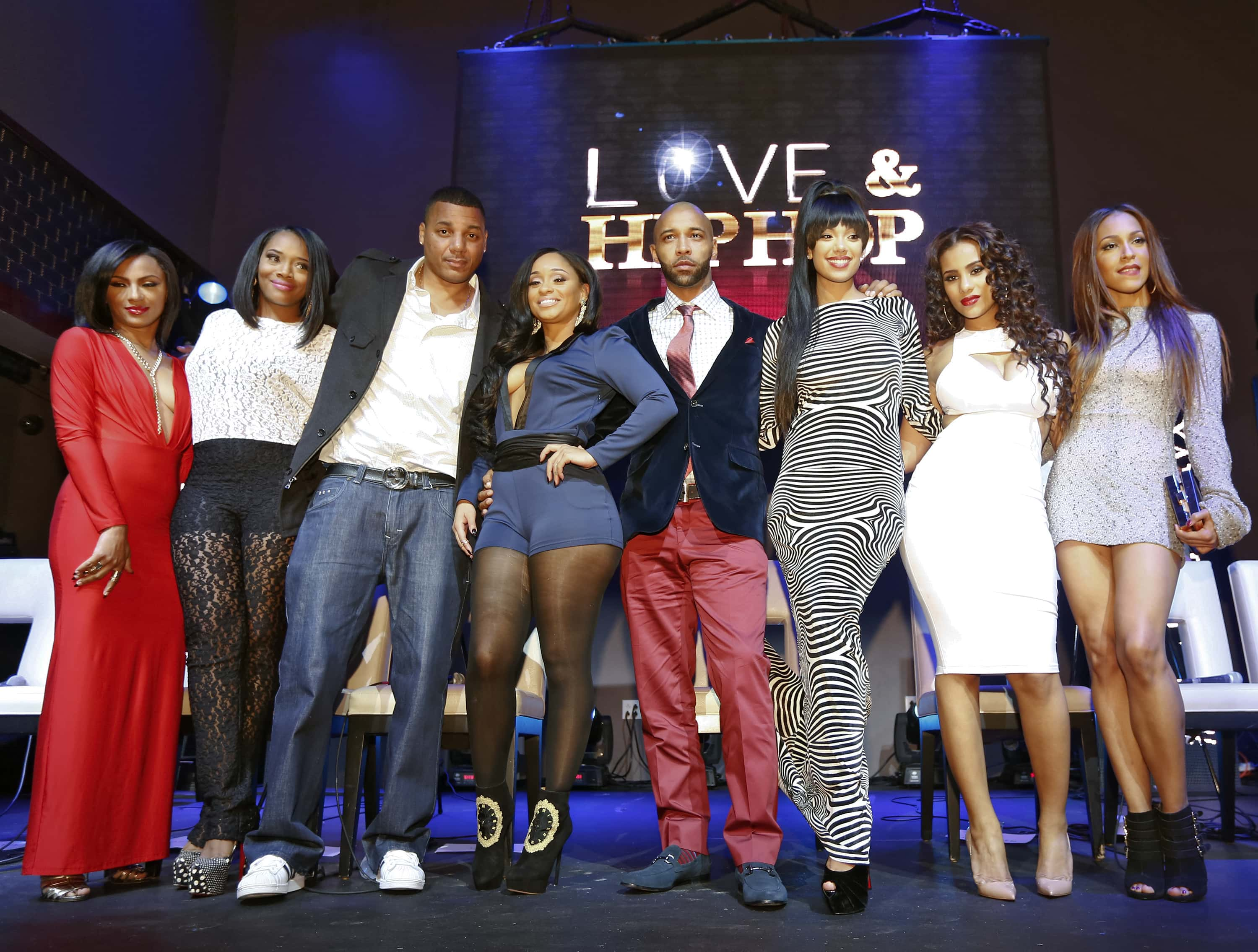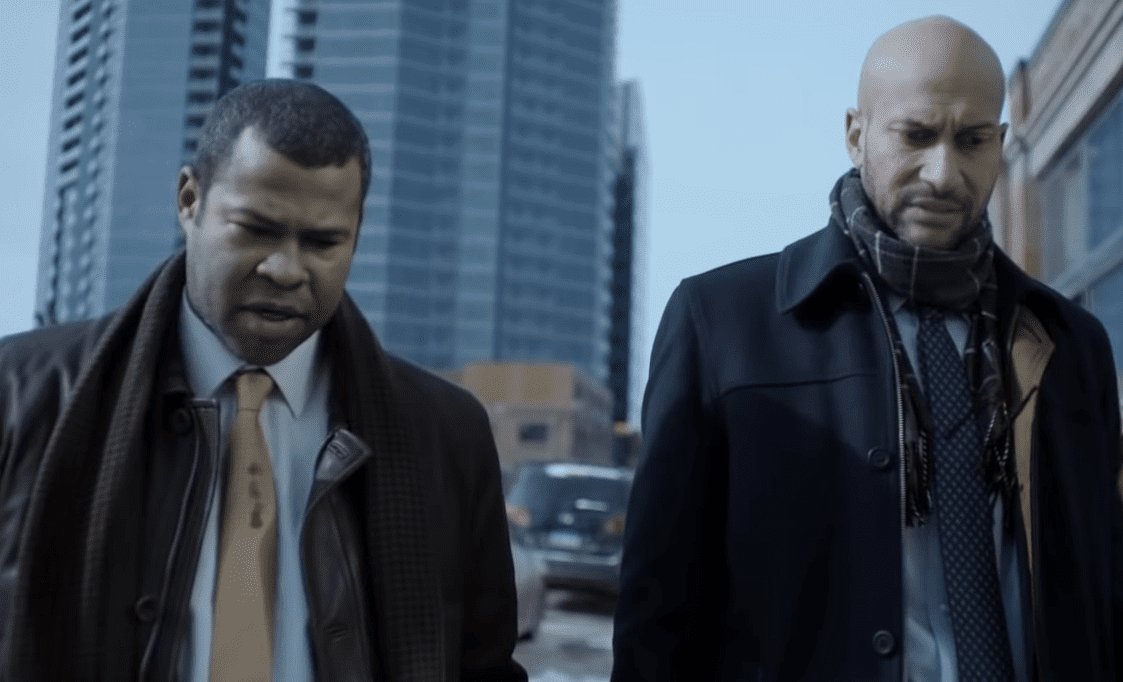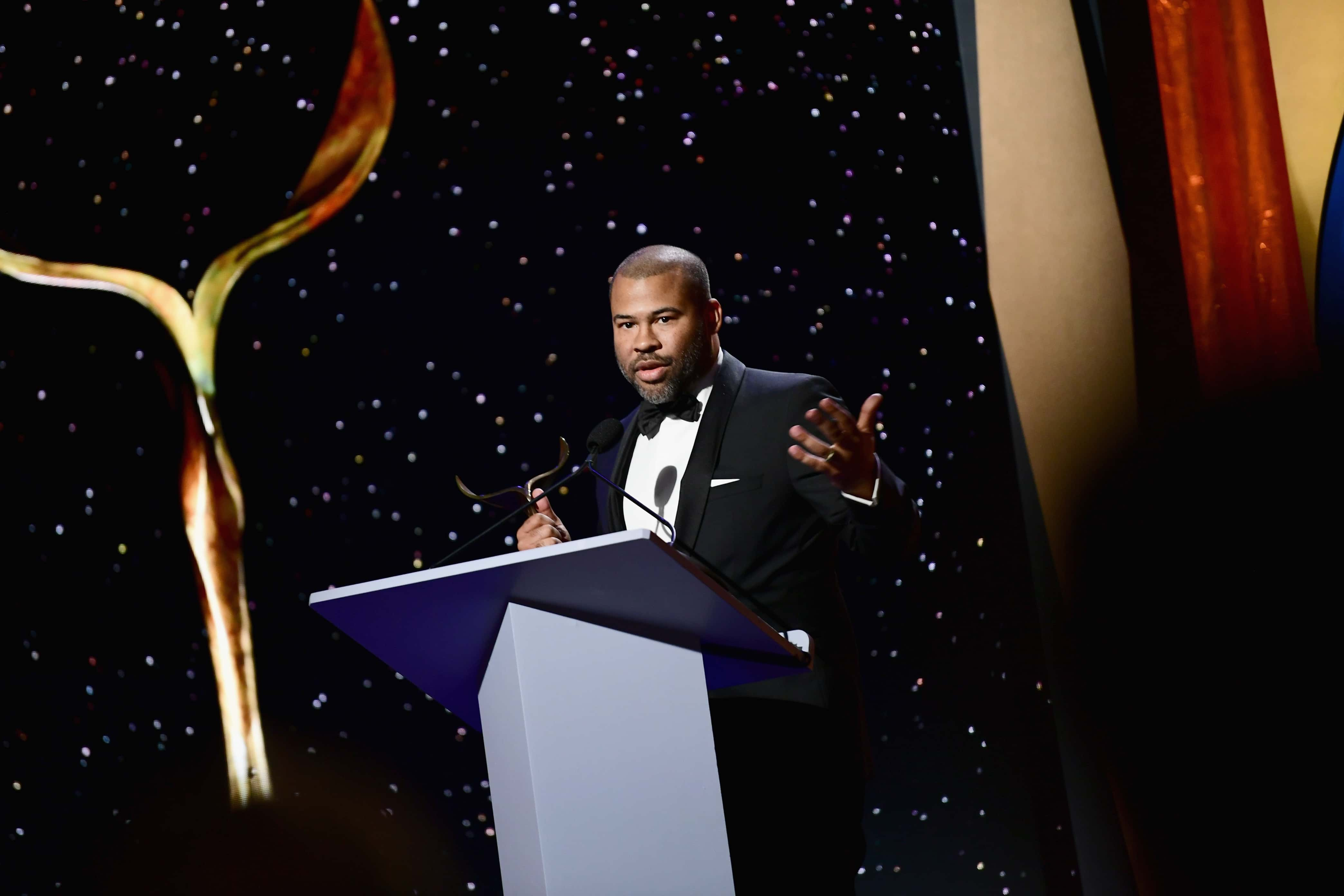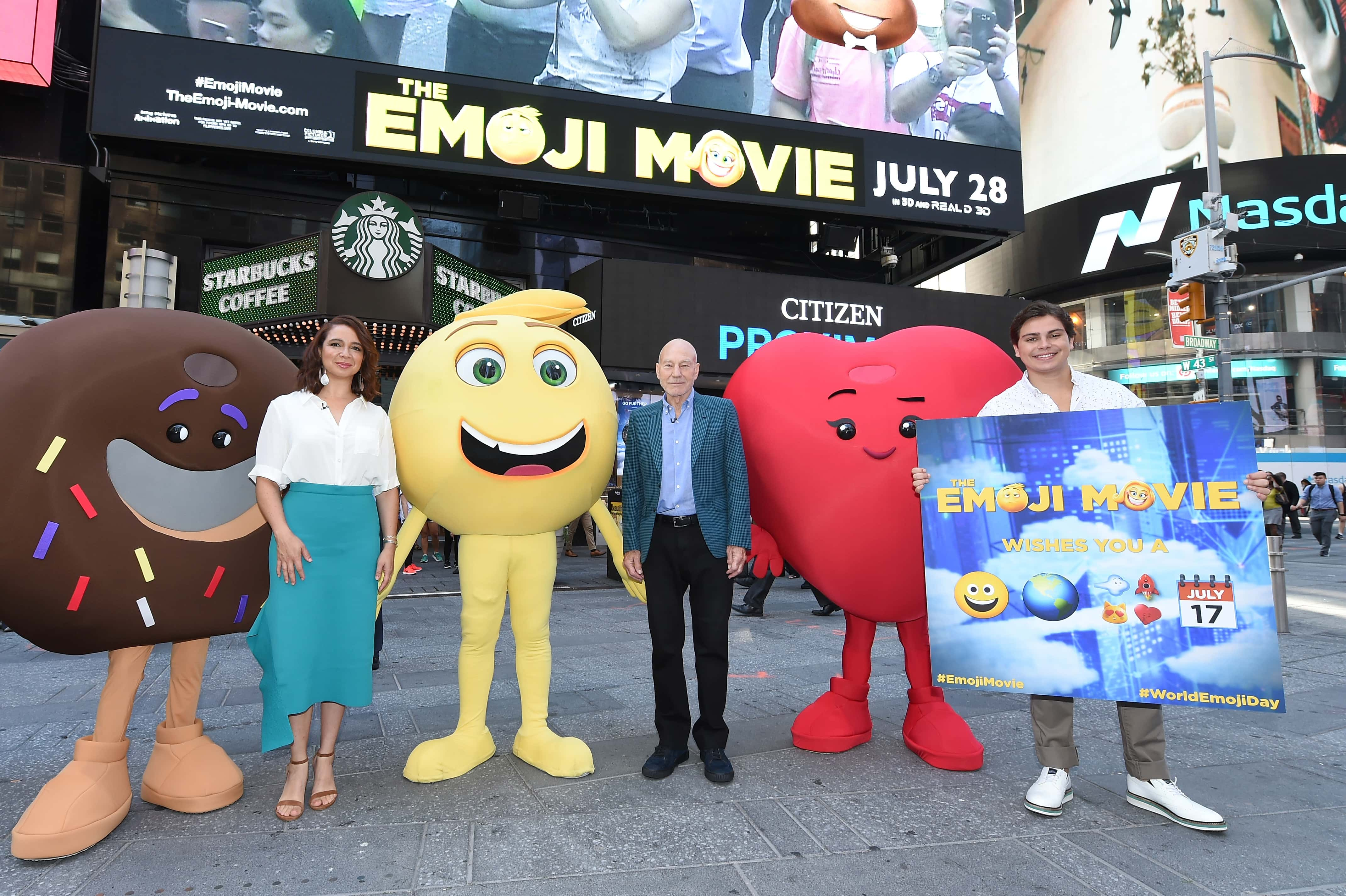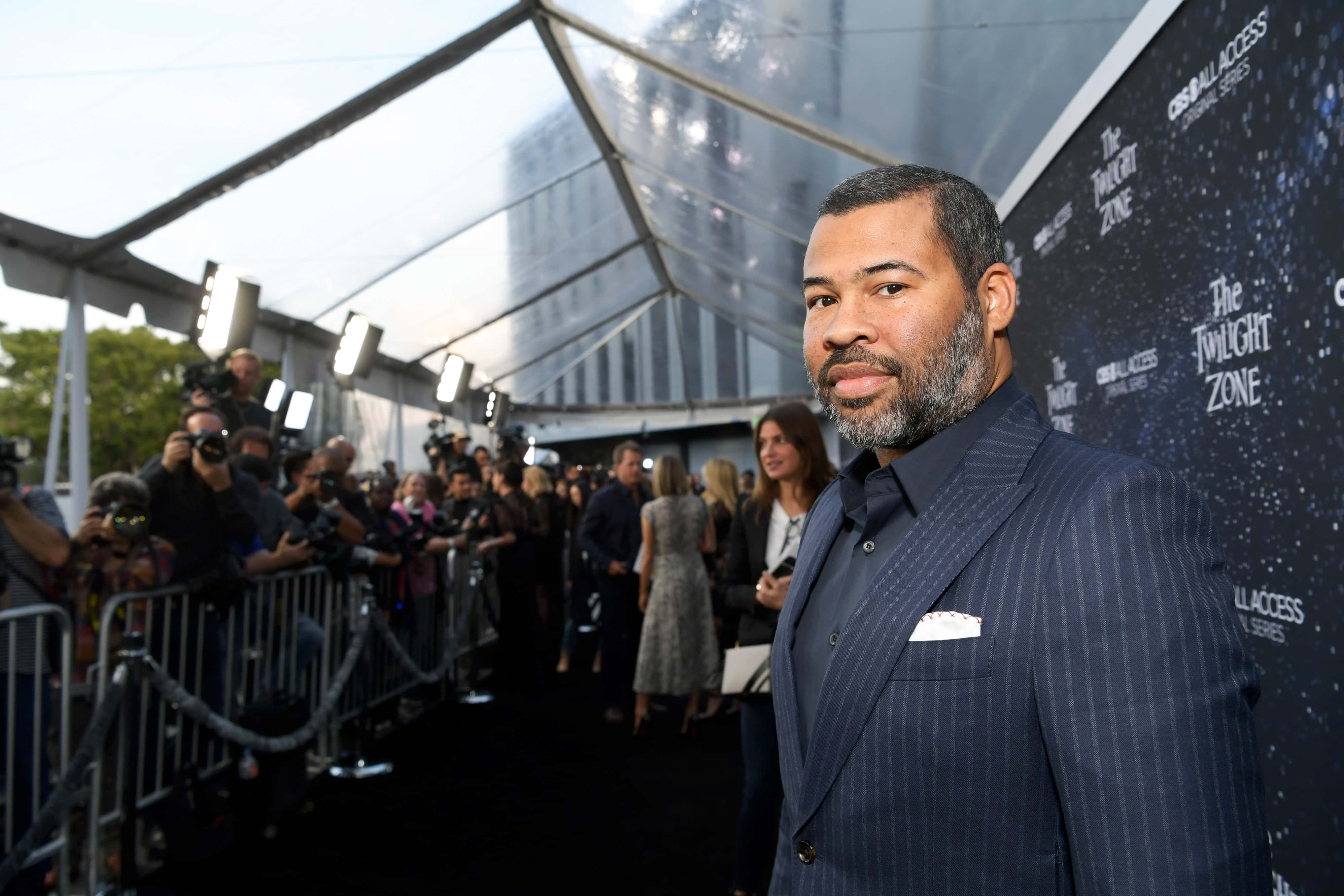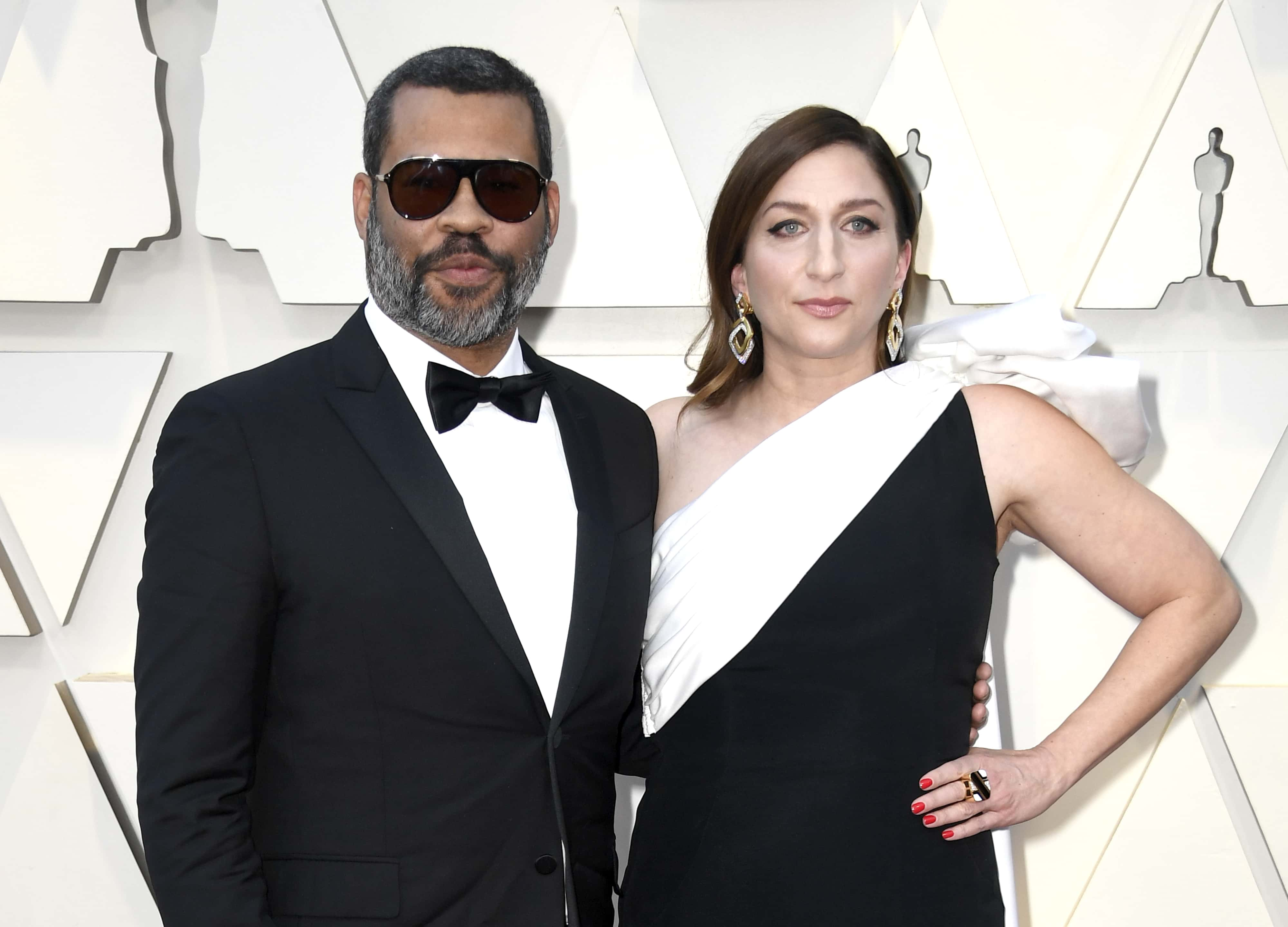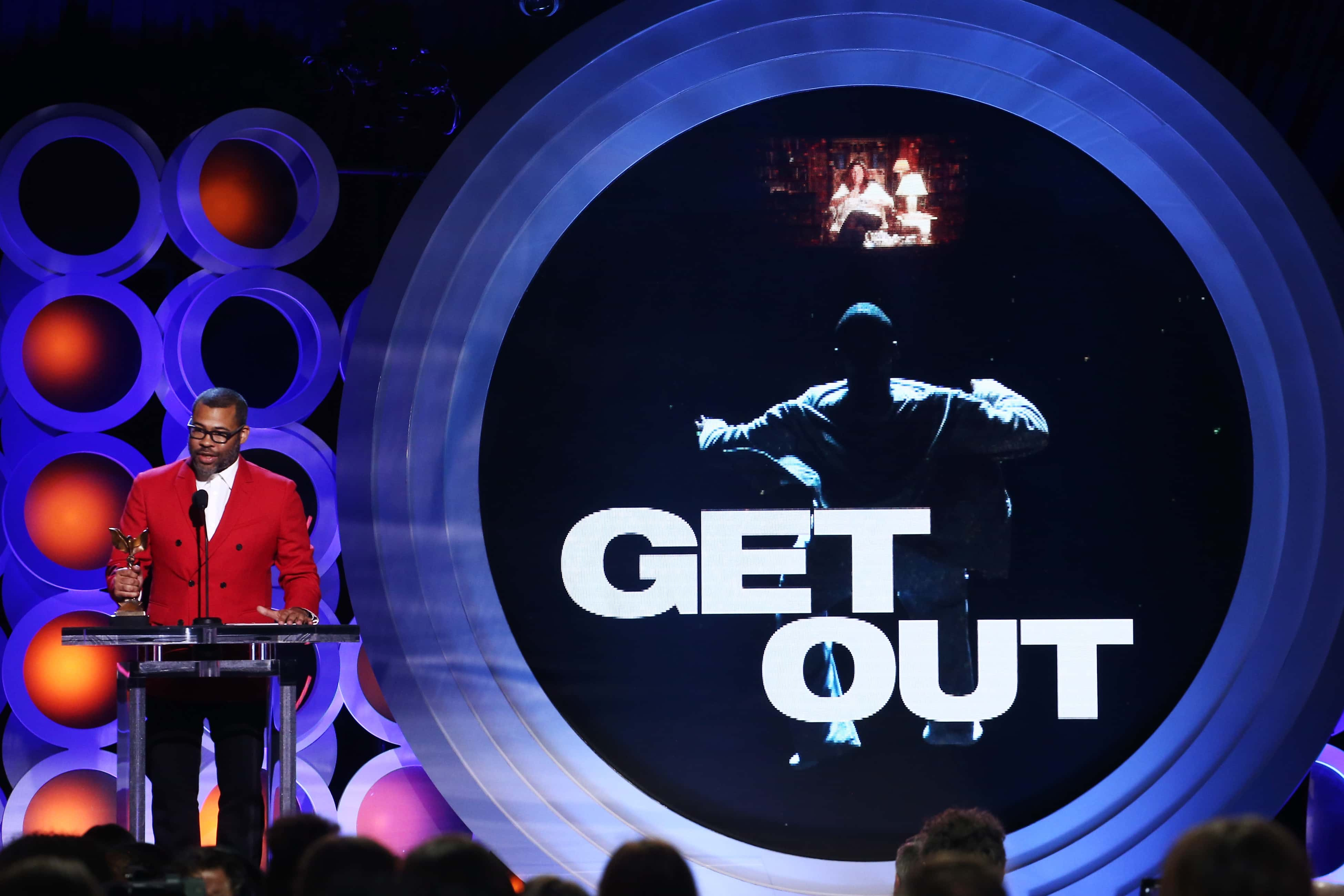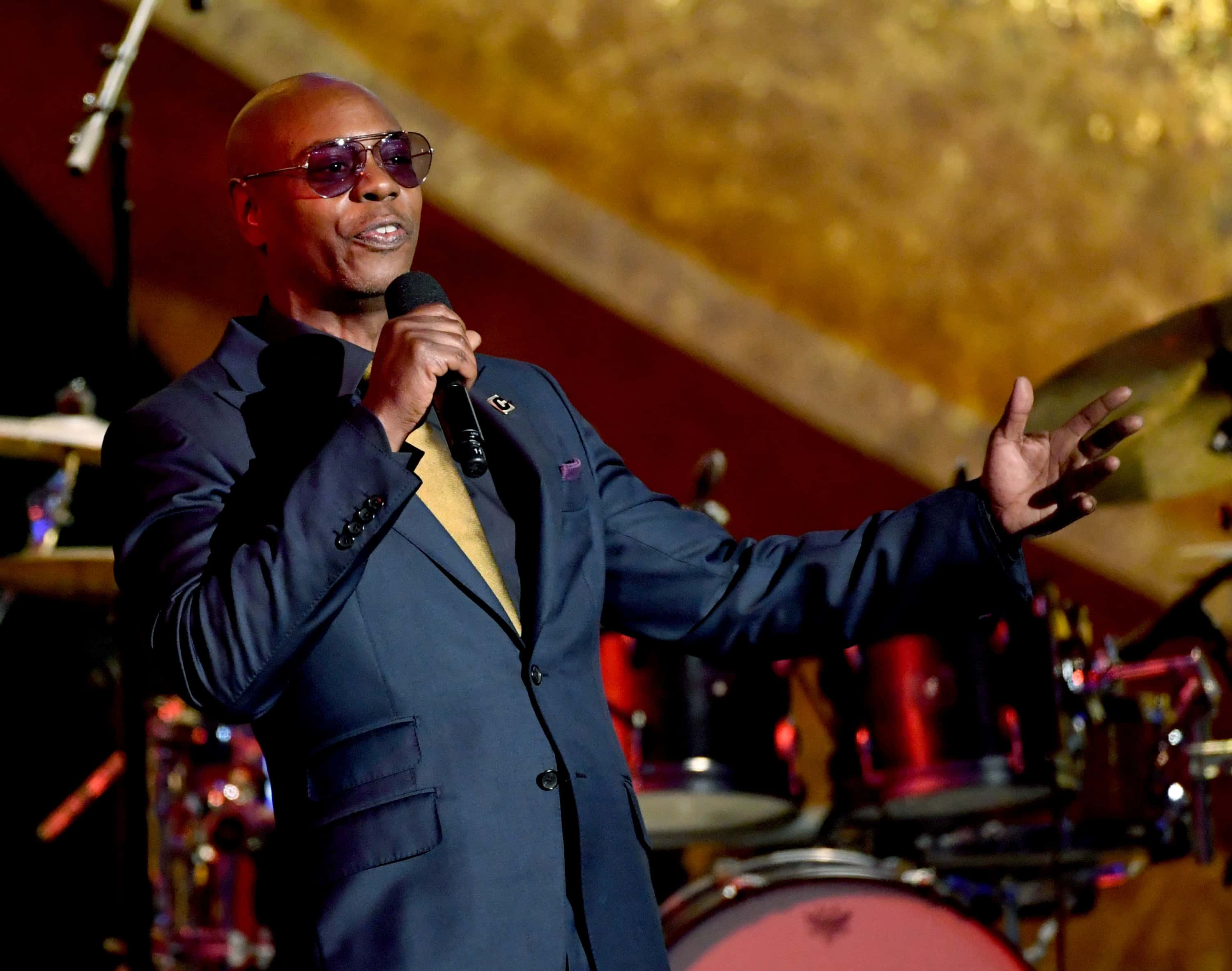From Mad TV, to Key and Peele, to Get Out, Jordan Peele has come a long way in Hollywood. He has now directed one of the most profitable films in American cinema, and Us is on track to become another. Peele is also producing and hosting the revival of The Twilight Zone. Here are 42 facts about Jordan Peele.
1. Start of a Beautiful Relationship
Peele and frequent collaborator, Keegan-Michael Key met at Chicago’s Second City comedy club, as members of separate improve troupes. The two performed at Second City consecutive nights, and mingled when off stage. Key shared a story he’d heard from a firefighter friend, about a man who walked into the station bleeding from his head.
Peele incorporated elements of the story into his routine, but Key was oblivious until Peele pointed it out. This was the moment the bromance kicked in for Peele, finding Key’s obliviousness amusing and believing that he’d found a kindred comedy spirit. Peele even told an audience member, “this is my brother.”
2. In Da Club
Back in 2008, one of Peele’s Mad TV sketches actually earned an Emmy nomination. Sad Fiddy Cent, a video parodying Fifty Cent’s rivalry with Kanye West, got Peele a nomination for “Outstanding Original Music and Lyrics.” Peele wrote the lyrics and also assisted with the musical composition. Sorry, Fifty.
3. Commander in Chief
After the success of his Mad TV impressions, Peele auditioned for SNL but missed out because he still had one year left on his contract with Mad TV. As of a 2013 interview, Peele still considered it “the biggest blow” in his career.
Nowadays, he’s probably wiping his tears away with dollar bills.
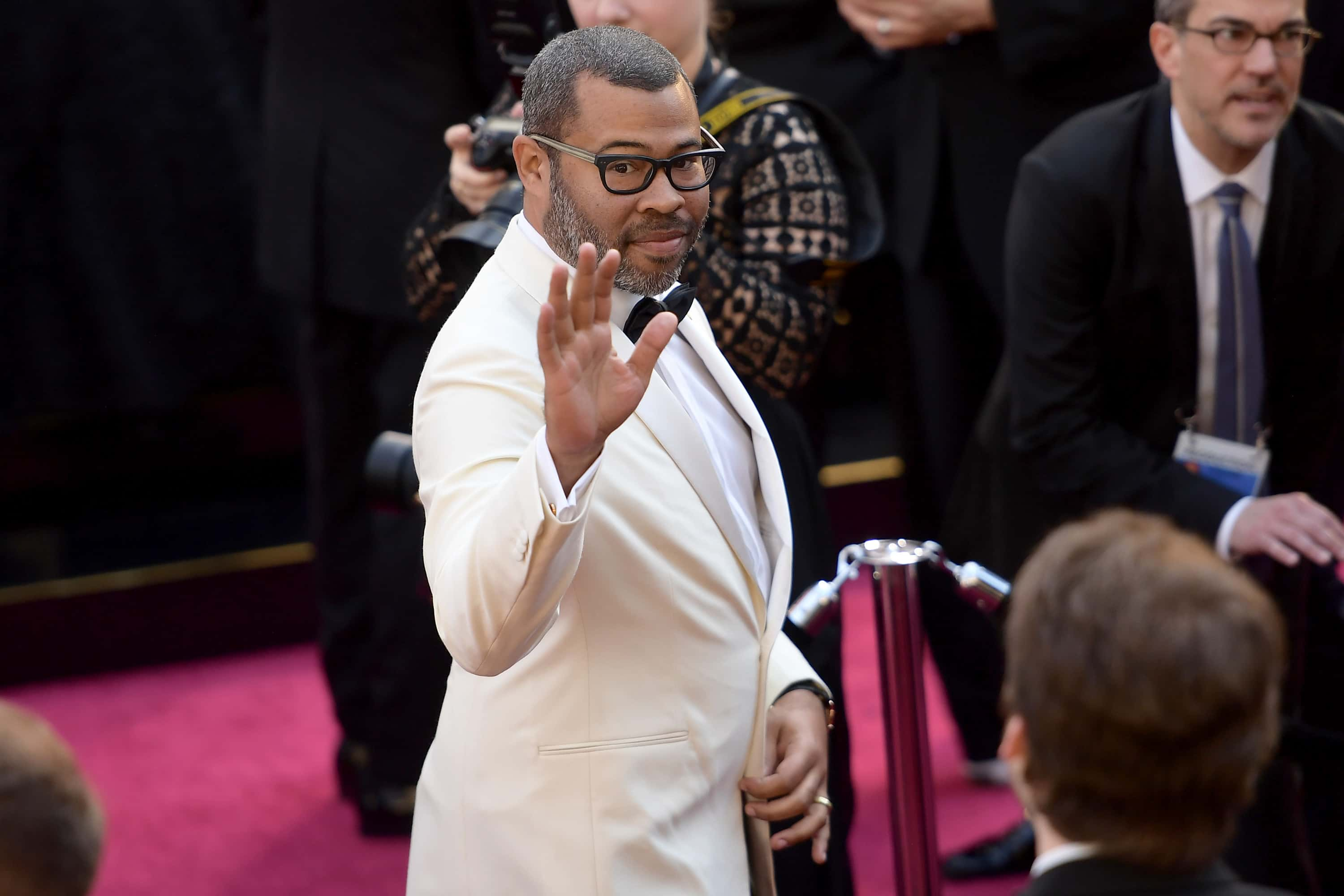 Matt Winkelmeyer, Getty Images
Matt Winkelmeyer, Getty Images
4. People Don’t Forget
Peele’s first big-screen role was that of an EMT in 2010’s Little Fockers. Peele got a laugh out of seeing an US fan theory that argues the film’s “ambulance motif” was linked to Peele’s appearance in Little Fockers: “I will neither confirm nor deny that my Little Fockers EMT guy is being referenced in Us.
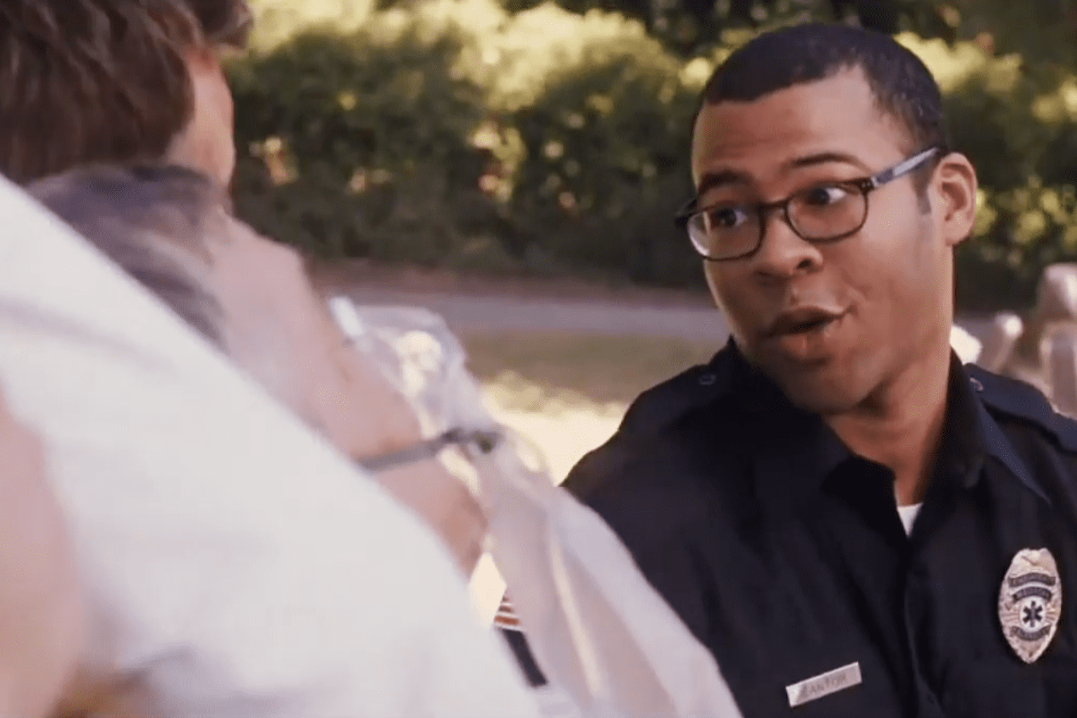 Universal, Little Fockers (2010)
Universal, Little Fockers (2010)
5. Checkmark
Standardized tests don’t lead to great things for some people, but they actually gave Peele the seeds for ideas like Get Out. Since Peele is mixed, he was used to filling in his race as “Other” on tests, leading to early feelings of racial isolation. These early feelings led to Peele’s interest in comedy and horror since the two genres tend to “appeal to someone who identifies with the outsider or other.” By fifth grade, Peele was ticking the “African-American” box on tests, feeling comfort in having a group to identify with.
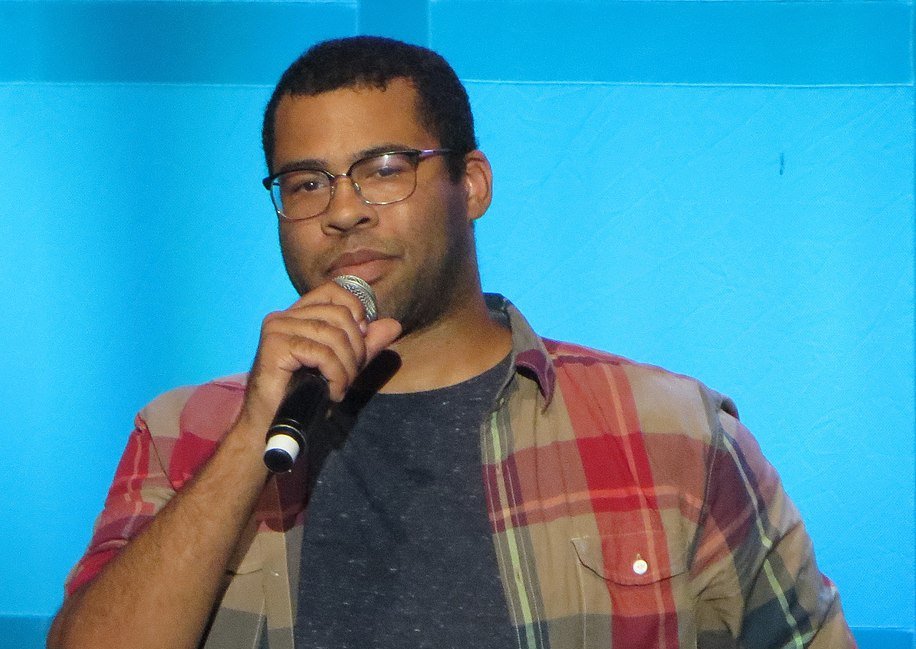 Kevin Edwards, CC BY 2.0, Wikimedia Commons
Kevin Edwards, CC BY 2.0, Wikimedia Commons
6. I Don’t See Colour…
Peele got a lot of new fans by playing Barack Obama on Mad TV, and the first black president also solidified his idea for Get Out. Peele finished the script in 2015, at a time he felt discussion of racism was being suppressed since people viewed a black president as proof that racism was dead: “The post-racial lie.”
7. I See You
Peele got the idea for Us while he was studying in upstate New York. Once he left the midnight train Peele would always imagine a mirror image of himself staring back at him from the tunnel. The thought got him thinking about how many peoples’ greatest fear is themselves, “it’s too hard to look at ourselves.”
8. The Tables Have Turned
Peele drew the ire of many “fans” when he proclaimed that his films will exclusively feature black leads. Despite the fact that Hollywood is still disproportionately dominated by white actors, some fans weren’t happy that white actors would have to settle…for just about any other Hollywood film. As Peele said, he likes white people but he “has seen that movie.”
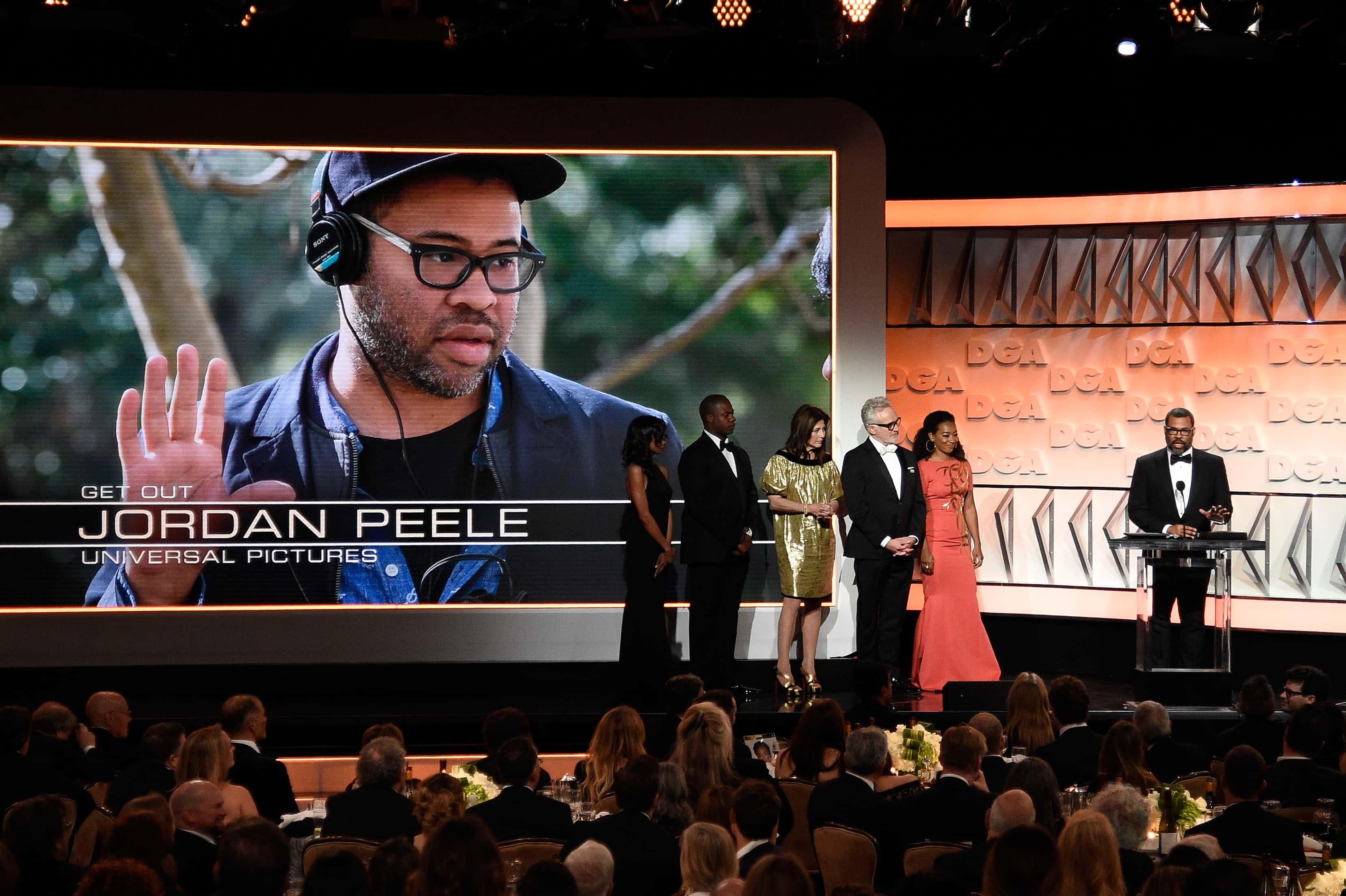 Kevork Djansezian, Getty Images
Kevork Djansezian, Getty Images
9. Give Him a Chance
Chance the Rapper regards Get Out as one of the best films “across any genre.” Chance also followed up on the compliment by buying every ticket for Sunday, February 26 showings at Chatham 14 Theaters in Chicago. He then invited his fans to watch the movie for free. The tickets were taken within minutes.
Peele late gave Chance a shoutout while accepting a prize at the African American Film Critics Association Awards.

History's most fascinating stories and darkest secrets, delivered to your inbox daily.
10. On Guard
Peele has remarked that his favorite horror movie trope is the found object or improvised weapon. When asked what he would do if he met his evil doppelganger, he took a look around the room and suggested an Avian bottle would be his weapon. Watch out Negan.
11. Planting the Seed
Peele’s first memory of being scared in a theatre can be credited to Superman 3 (Peele says it was Supergirl but the description of the scene doesn’t fit). The scene that Peele remembers vividly is that of a villain being trapped by a supercomputer and transforming into a robot. Watching it as an adult, I can see why Peele was scared: “Movies for kids back in the 80s…there was always a scene that wasn’t quite okay.”
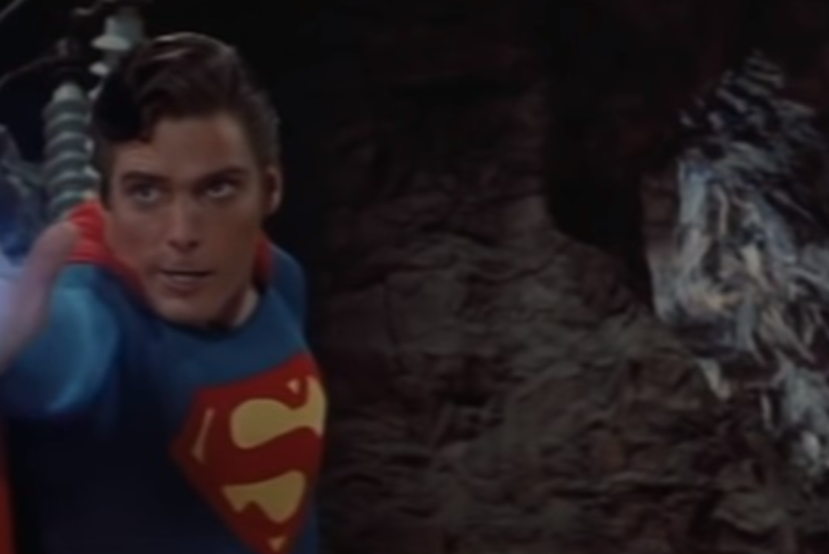 Warner Bros., Superman III (1983)
Warner Bros., Superman III (1983)
12. No Strings On Me
Peele almost ended up on a surprising different career path. Prior to meeting Keegan-Michael Key, Peele was studying at Sarah Lawrence College. His major: Puppetry. As expected, this made Peele a “chick magnet.” Peele was obsessed with puppets at the time and felt like he couldn’t fail at puppetry since it was such a rare major. He was set on becoming a puppeteer until he was introduced to improv.
 TargetMarget, CC BY 3.0, Wikimedia Commons
TargetMarget, CC BY 3.0, Wikimedia Commons
13. Who Needs a Degree?
Peele dropped out of St. Lawrence College to pursue comedy full time, teaming up with his roommate, Rebecca Drysdale, to create a comedy duo called “Two White Guys.” Promotional material made it clear the name wasn’t to be taken literally. The two had some local success and this led Peele to join improv crew Boom Chicago. Peele would meet Key while working with this group at Second City comedy club, and the rest is history.
Drysdale would also become a writer on Key & Peele.
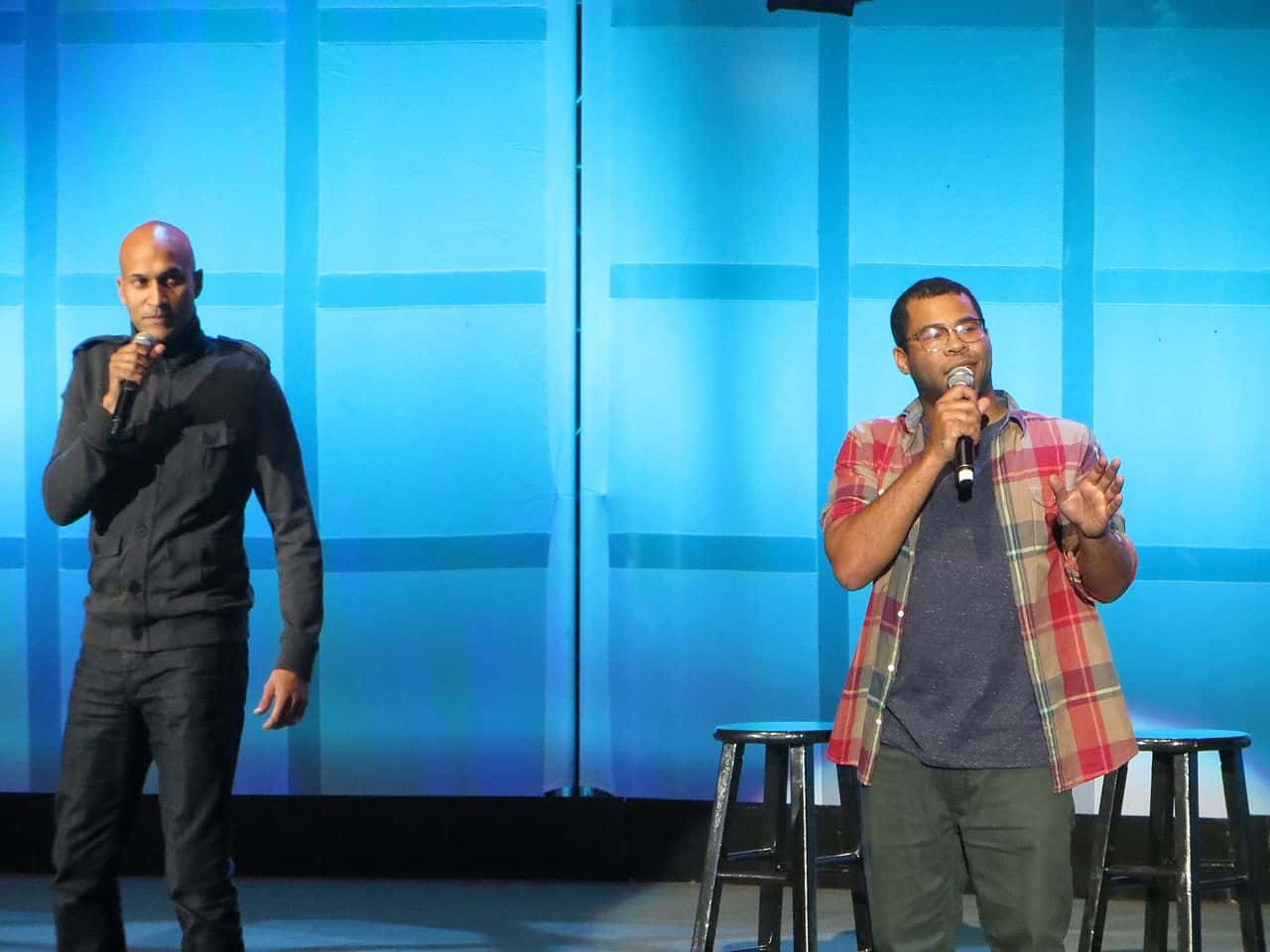 Kevin Edwards, CC BY 2.0, Wikimedia Commons
Kevin Edwards, CC BY 2.0, Wikimedia Commons
14. First of Many
Peele’s Oscar win for Get Out made him the first black screenwriter to win the award for Best Original Screenplay, but Peele admitted he nearly gave up on the script, “about 20 times” but was glad to see the effect the film had on audiences. Peele is not only happy for himself, but views his win as the start of something special for black creators in genre films e.g. horror, sci-fi.
15. Strong Together
The idea for US was partly cemented by a 1986 Hands Across America commercial, where people held hands in a human chain. The campaign was able to create a chain that ran from New York to California (with breaks in Arkansas and Arizona). Peele found the commercial on YouTube and found it unsettling; reflecting an idealistic America that didn’t mesh with reality, “It made us feel like we accomplished something.”
As a result, the villains of Us, the Tethered, also hold hands at various points in the film. Nicole Ritchie, who starred in the Hands Across America commercial, also posted the commercial to her social media and referenced the Tethered in her post.
16. Full Circle
Peele will bring nightmares to a new generation with his “spiritual sequel” to Candyman. Peele will oversee co-production duties on the film – along with MGM—which is expected to hit theatres on June 12, 2020. Peele regards the original as a landmark in minority representation in horror and also cites it as a major inspiration on his own career.
17. Get Out of My Chair
Peele announced in early 2018 that he was officially quitting acting, viewing it as “nowhere near as fun” as directing. Although he got his beginnings with improv and acting, the move to focus on directing seems like it’s working out well.
18. On a Roll
Following the success of Get Out, Peele’s production company was able to sell five shows in “about eight months,” according to president Win Rosenfeld. The list includes The Twilight Zone, YouTube’s Weird City and Lorena, a documentary about Lorena Bobbit, who cut off her abusive husband’s Johnson in his sleep.
19. We Made It
Peele’s time with Key & Peele netted him a Peabody Award and two Primetime Emmys. One of the show’s most famous sketches, Barack Obama’s “Anger Translator,” also got Obama’s attention. Obama hired Key to recreate the character during a speech at the White House Correspondents’ Dinner.
20. Dr. Evil
Peele’s production company, Monkeypaw Productions, sits on a hill in Hollywood, under the Hollywood sign. Peele has been able to finance Get Out and Us through this company and also has at least four upcoming projects slated for network TV, as well as a deal with Amazon Studios for another untitled project.
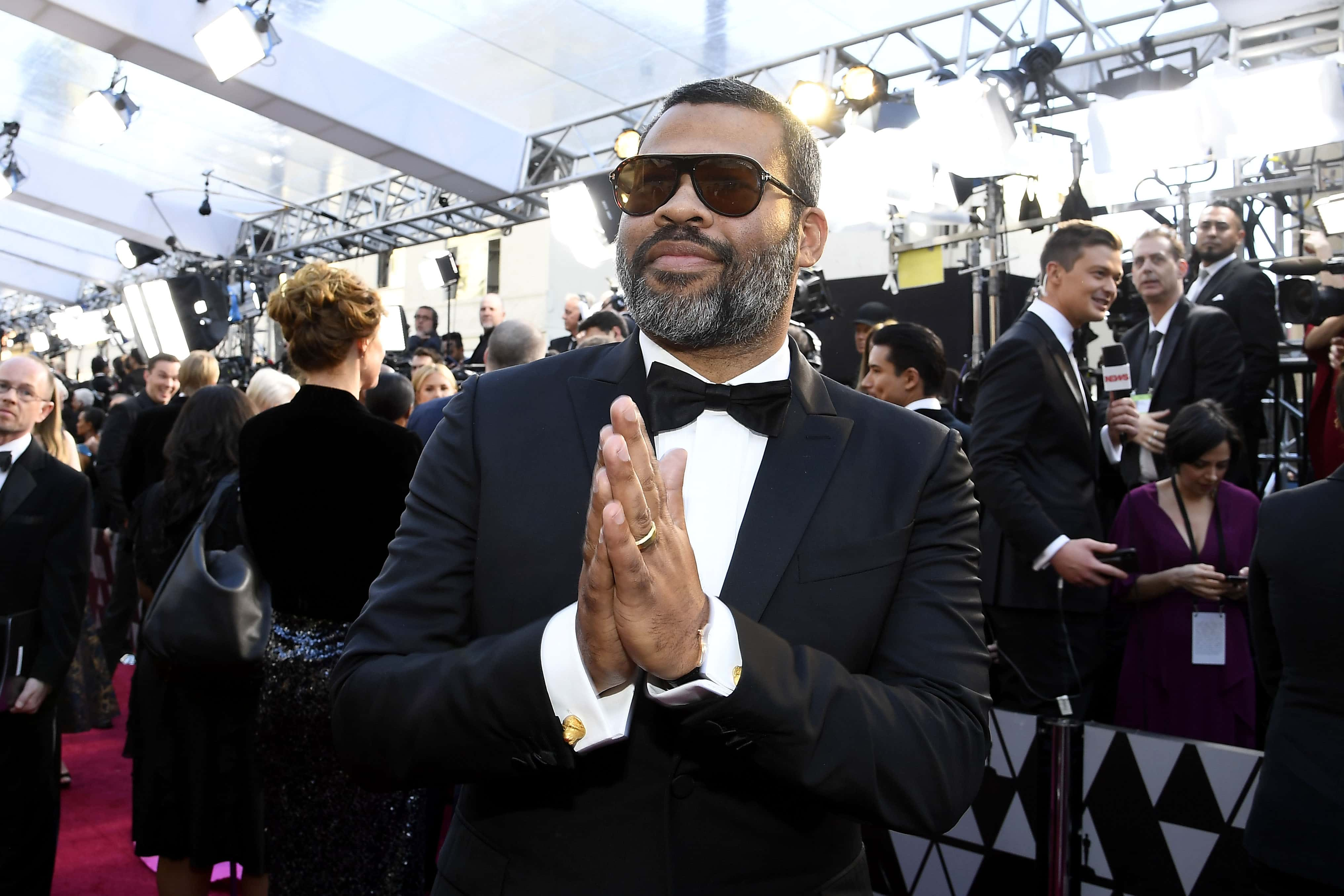 Kevork Djansezian, Getty Images
Kevork Djansezian, Getty Images
21. Classic
Peele cites Rosemary’s Baby as “possibly his favorite horror movie.” The movie also holds a special place in Peele’s heart since he grew up a few blocks from where the film was shot. Other favorites include Halloween and The Shining.
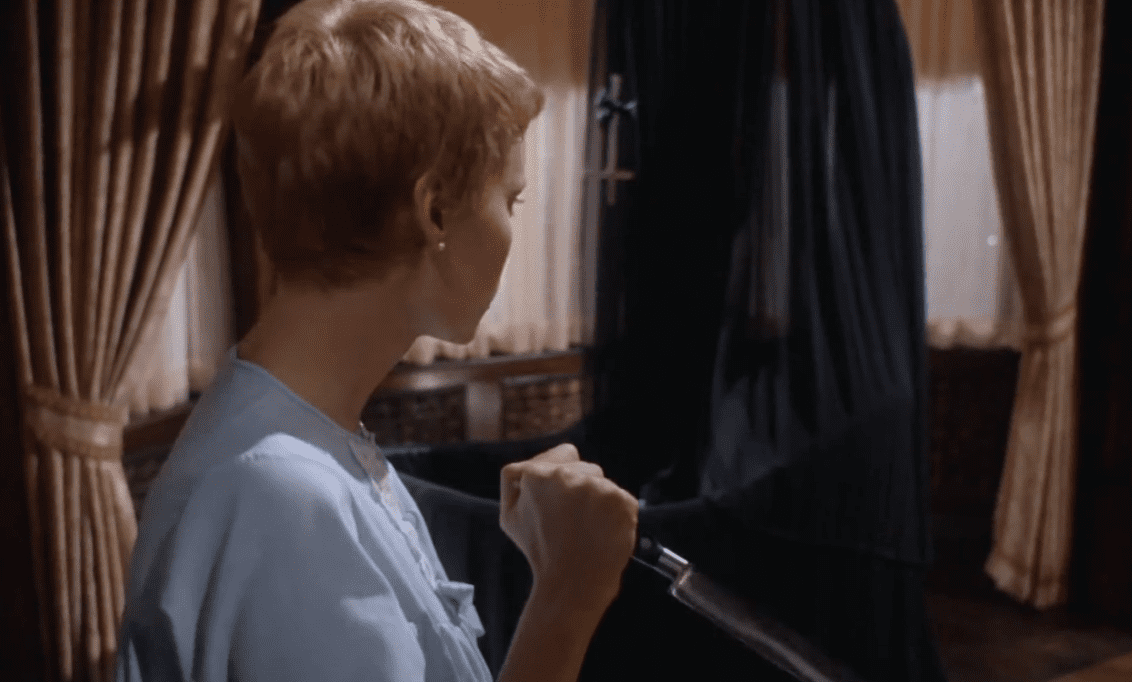 Paramount, Rosemary's Baby (1968)
Paramount, Rosemary's Baby (1968)
22. Meant to Be
Key and Peele both got laid off jobs at the same time, leading to them auditioning for Mad TV at the same time. Peele was on a show that got canceled, and Key was in a pilot that never got picked up for a season. Mad TV was only seeking one black male comedian at the time, but the duo’s chemistry led to them getting hired together. As Peele says, it was obvious there was “something a little bit special happening.”
23. Fluffy but Deadly
Most people hate spiders or snakes, Peele is put off by a far more surprising creature: rabbits. Early experiences with (not-so) kids shows like Watership Down sowed the seeds of fear, but Peele also believes rabbits don’t have empathy. As he says, if you look into their eyes “it’s like Jaws.” Rabbits feature in Us and Peele has stated it’s meant to be an Easter horror movie, just like Christmas and Halloween have theirs.
24. Revision
Peele draws inspiration from Hitchcock for the aesthetics and “sense of place” of his films, with a central question of “What if Hitchcock worked with black actors?” Peele views Vertigo as the greatest doppelganger film and Birds as the greatest invasion film, while Us is meant to be a blend of both.
25. Sorry Steve
Peele might appear to have drifted from his comedy roots a bit, but that might be because he loves “a comedy scene that makes you cry.” In particular, Peele often reflects on the last episode of Britain’s The Office. Peele views Ricky Gervais’s David Brent as one of the key characters that has influenced his own writing.
26. Divided We Fall
Ken Kragen, the organizer for Hands Across America has personally avoided watching Us since he isn’t into horror movies. However, Peele’s film has led to more chatter about Hands Across America. While Kragen understands the tethering in Us is only a thematic device he also adds that the event was the greatest accomplishment of his career, raising $17 million for charity.
Kragen also adds that it would likely be impossible now due to the level of division in America today.
27. Thanks Obama
Peele can say that without sarcasm, since he credits Obama for making black nerds cool and more mainstream. Prior to Obama, Peele says he only had Urkel and “the black guy from Revenge of the Nerds” to look up to.
28. Back to Back
Peele got plenty of attention for his Oscar win for Best Original Screenplay for Get Out, but his 2019 nominations as a producer for BlackKkklansman helped him set a record. Black Kklansman’s nominations for Best Picture, combined with Get Out’s, means Peele has the most Best Picture nominations of any black producer in history. Peele can already say he’s beat Oprah and Denzel Washington at something.
29. Clinton to Obama
When he was fourteen, Jordan Peele met Bill Clinton as part of ABC’s President Clinton Answering Children’s Questions. Peele’s stark question took Clinton by surprise: Based on his own living situation with a single mom, Peele asked Clinton what could be done about a dad who is not willing to pay child support. Clinton offered some suggestions, including tougher penalties for not paying child support, or tax cuts for single mothers.
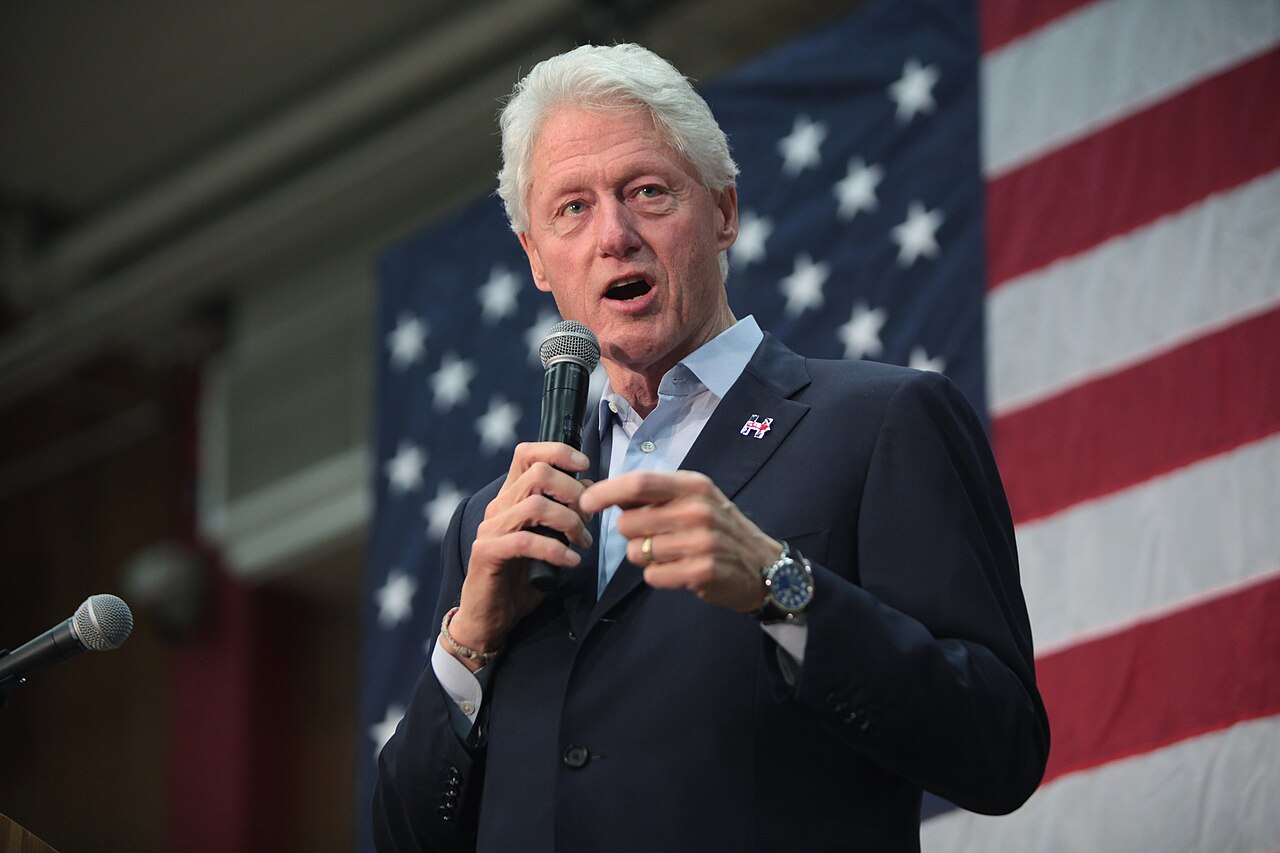 Gage Skidmore, CC BY-SA 3.0, Wikimedia Commons
Gage Skidmore, CC BY-SA 3.0, Wikimedia Commons
30. Make Them Laugh
Get Out is a film about race relations, but it's also a good thriller. Peele got inspiration from films such as The Stepford Wives and Night of the Living Dead, which used entertainment to tackle sociological issues. Peele believes lectures on such issues typically alienate the potential audience (as any YouTube comment section shows). He believes it is more effective to “get the laugh… get the scream” and leave the audience thinking about why certain events happened.
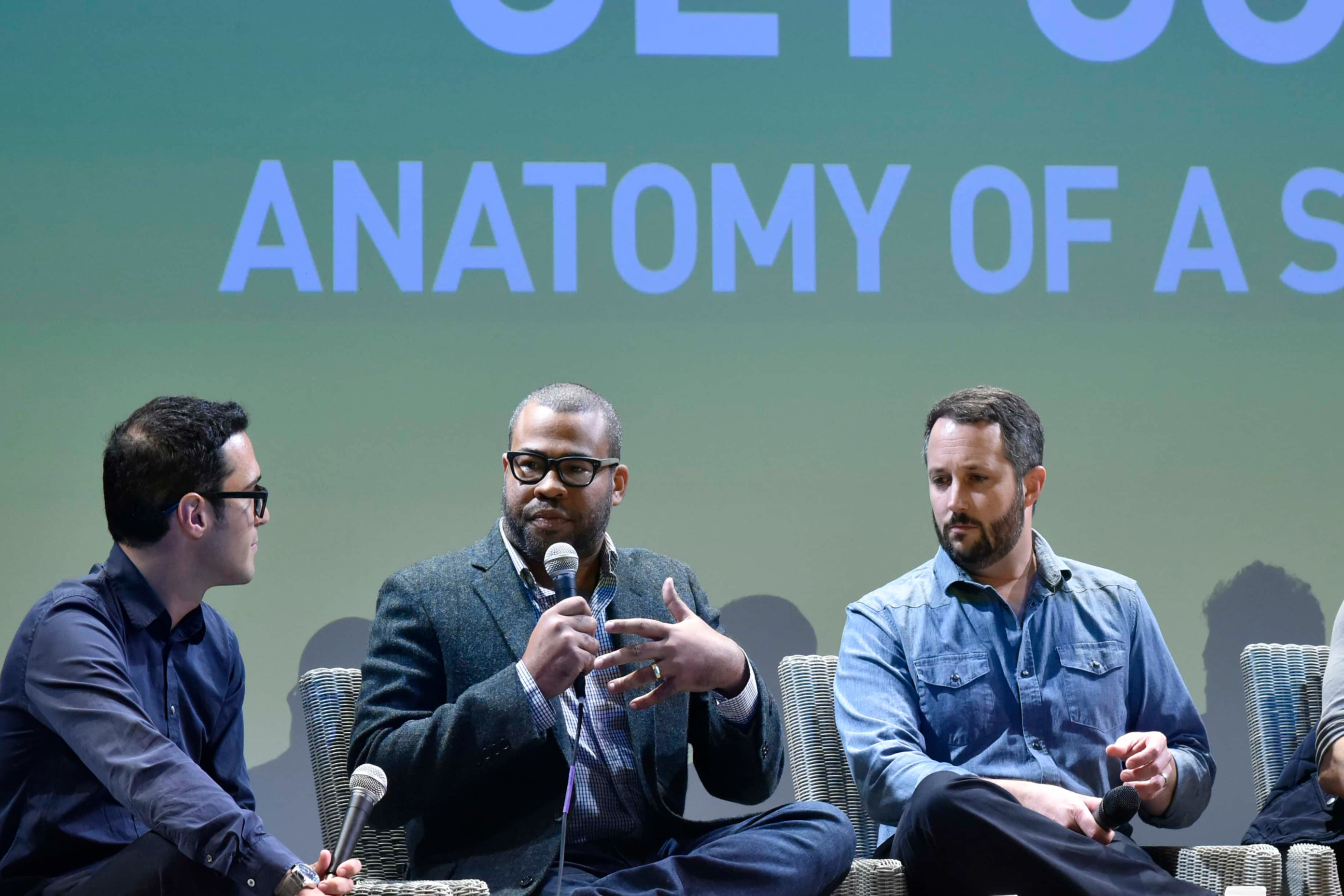 Eugene Gologursky, Getty Images
Eugene Gologursky, Getty Images
31. VIP
Actor Winston Duke was spotted wearing a Howard University sweater in the Us trailer, which was a deliberate move by Peele. Peele views the historically black university as “iconic” and also hosted a private screening at Howard University on March 22, with Lupita Nyong’o and Duke present.
32. Sadist
While Peele is a big horror and comedy fan, most of his TV viewing boils down to reality TV. His favorites include Survivor, Naked and Afraid and Love and Hip Hop. As Peels sums it up, he is a fan of anything where people are “in a lot of distress.”
33. Godfathers
Peele might not be an actor anymore, but he still credits two actors as his greatest comic influences, Steve Martin and Martin Lawrence.
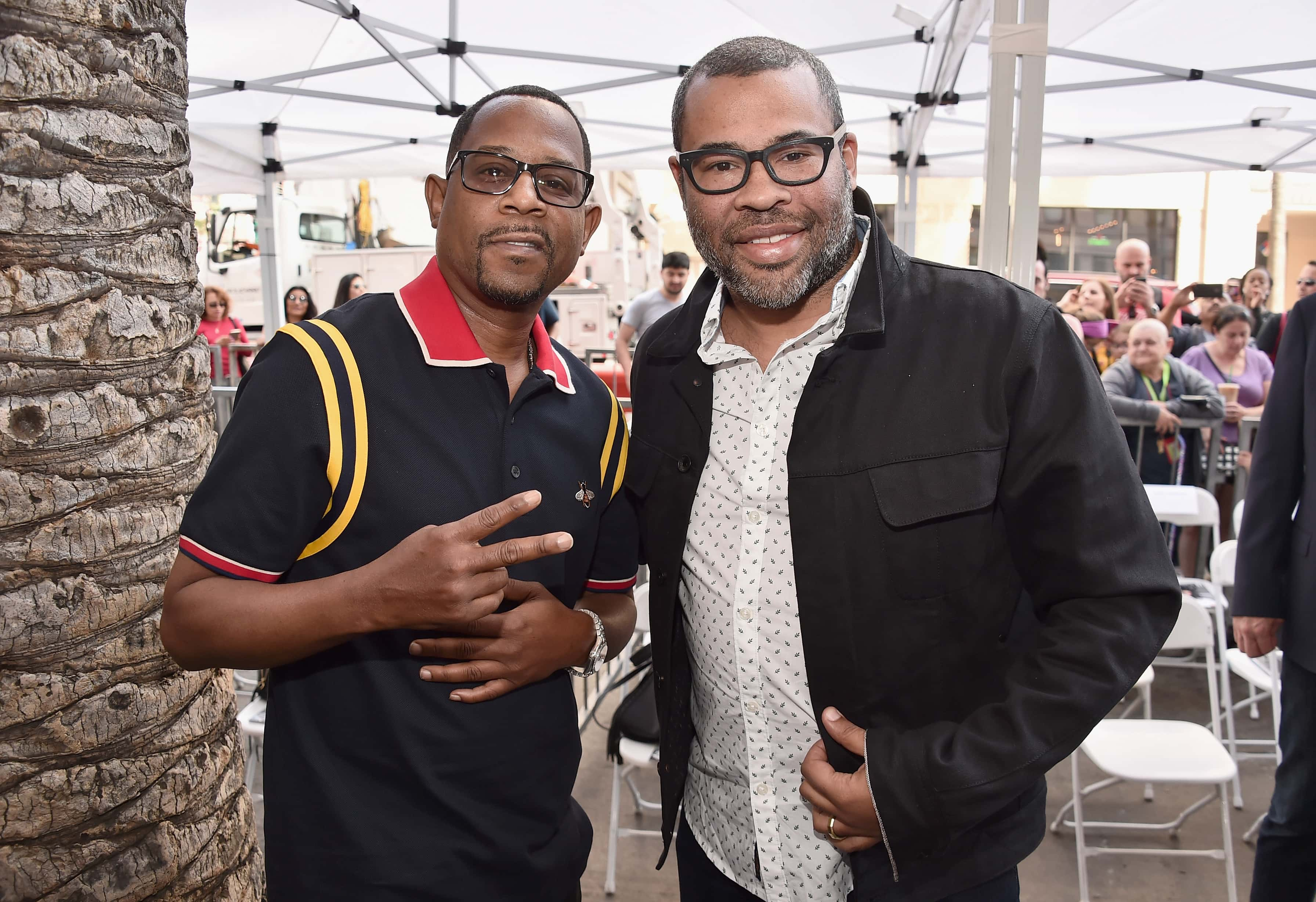 Alberto E. Rodriguez, Getty Images
Alberto E. Rodriguez, Getty Images
34. Hostile Work Environment
One of Peele’s last onscreen roles was that of an FBI agent in Fargo, where he was partnered with Key yet again. Peele recalls filming the first scene that appears in the show, where hitman Lorne Malvo gets past the two inept agents and begins killing people in an office building. At one point, Malvo throws someone out of a window. The stuntman was freezing and couldn’t stop shaking (-12 C will do that) and the director came over to ask him to stop shaking, since he was supposed to be a dead body.
35. Everything Happens For a Reason
Peele has accomplished a lot for a 40-year-old but he also revealed that he pursued childhood stardom. He remembers having an agent when he was about twelve, but recalls nothing but a string of failed auditions. The rejections, coupled with an inability to deal with rejection, led Peele to pursue other avenues.
36. Geppetto
Peele’s desire to be a puppeteer may have been birthed by his first job as a sales associate at Enchanted Forest, a New York toy store that sold artisan toys. The store’s wares included nightmare-inducing finger puppets.
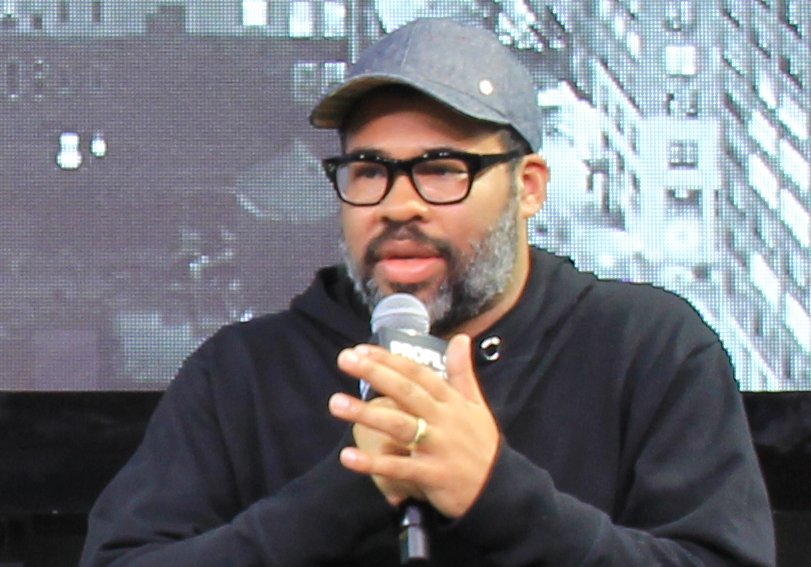 Daniel Benavides, CC BY 2.0, Wikimedia Commons
Daniel Benavides, CC BY 2.0, Wikimedia Commons
37. Across the Pond
The first comedy troupe Peele performed with, Boom Chicago, was actually situated in Amsterdam. Peele traveled abroad to join other alumni like Ike Barinholtz and Seth Meyers. During his time with the troupe he also earned the nickname “Cobra,” and no, he doesn’t know why.
 AwesomeACM, CC BY-SA 4.0, Wikimedia Commons
AwesomeACM, CC BY-SA 4.0, Wikimedia Commons
38. Make It So
The Emoji Movie was the movie that led Peele to quit acting. Peele was offered the role of Poop, but was then passed over in favor or Sir Patrick Stewart. After being denied the chance to play Poop, Peele decided that an acting career wasn’t for him.
39. Gracious Exit
While Peele made a name for himself with Barack Obama impressions, he is glad that he left the sketch circuit when he did. He no longer finds humor in American elections, viewing the entire process as “dystopian.”
40. The Engaged Island
Peele’s wife, Chelsea Peretti, was a longtime friend of Andy Samberg, going back to elementary school. When Samberg learned that Peele was interested in Chelsea, he told Chelsea to give Peele a shot. The two kept their relationship private until it became serious, with the official reveal taking place at the Comedy Central Creative Arts Emmy Party on August 16, 2014. The two are now married and have a son, Beaumont.
41. Back to the Drawing Board
Peele originally intended for Get Out to end on a darker note, with Chris going to jail (and the implication he would be there for life). Peele wanted to convey the message that in real life, black people don’t often catch a break or receive justice e.g. Trayvon Martin, Mike Brown. However, he felt like the original ending deflated test audiences, so he elected to film a new one where Chris is saved by a friend in a moment of “black brotherhood.”
42. New Kids on the Block
Peele and Key both credit their sketch comedy success to Mr. Show, In Living Colour, and Martin. The list also includes The Chappelle Show and Dave Chappelle has commented on the influences: “Y’all don’t know what I’ve been through … watching Key & Peele do my show the last five f***ing years.” Chappelle has gone further to say that he is a fan of the show but believes it uses conventions he helped to establish, such as the length of sketches (e.g. ten minutes as opposed to the preferred five).
Sources: 1, 2, 3, 4, 5, 6, 7, 8, 9, 10, 11, 12, 13, , 15, 16, 17, 18, 19, 20, 21, 22, 23, 24, 25, 26, 27, 28, 29, 30, 31, 32, 33, 34, 35, 36, 37, 38, 39, 40, 41

